|
Vance Packard wrote The Hidden Persuaders in 1957 about the new marketing techniques being used at that time. Based mostly upon Freudianism, motivation research (or MR) was used to understand the subconscious minds of the prospective customers and was supposed to be more accurate than using surveys. At that time, marketers were dealing with multiple problems. Customers were irrational and dishonest. What they claimed they would do in the abstract did not always translate into a purchase when put in an actual buying situation. Customers also tended to be content with what they had and products from many competing brands were virtually indistinguishable. Those companies that used MR survived.
The book gives numerous examples of seemingly irrational behavior by customers, Freudian explanations, marketing “hooks”, successful case studies, motivation research techniques, and mentions some demographic trivia. What this book does not do is explain in detail how to analyze the data gleaned from various MR techniques. It is also explained how the same principles used on customers are applied to voters and employees. One company who used MR marketing successfully was having difficulty selling steam shovels. They emphasized the amazing feats these machines could do and in pictures showed their steam shovels from a distance as mighty machines, but not enough contractors were buying. Finally, they discovered the reason was that many of the employees felt overshadowed and threatened by the machines doing all the work and so discouraged their bosses from buying them. When the steam shovel company made new graphics showing a view from behind the operator’s head and a new slogan emphasizing what the operator could do by using the machine, resistance to the steam shovels vanished and sales rose. The product never changed, only the way it was presented. The book also touches upon some of the ethical issues surrounding this form of market research. It is warned that a campaign was underway to convince people to replace old appliances that had become obsolete, even if they still worked perfectly fine. This form of thinking still seems to be widespread today. Other forms of thinking that were widespread then seem to have gone away. Today people are wary of being manipulated and become upset when they find out they have been. In the late fifties, however, people tended to be more upset about not being manipulated enough to like being manipulated. It makes me wonder whatever happened to MR and depth marketing. Certainly there are still examples of it being used today, but it seems by no means dominant. Most commercials are still poorly done. Many candidates still cannot seem to make themselves likable. No mention of it is made in the 1981 marketing book Positioning. Perhaps it went out of style when Freudianism went out of style, but if Freudianism was so wrong, how was it able to produce measurable increases in sales? This I do not know.
0 Comments
Just a gal and her guy posting accounts of their adventures backpacking around Asia, Indonesia, and South America. The Endless Adventures has some of the most amazingly beautiful photographs I have ever seen.
Just off the Skyway Bridge across Tampa Bay are two fishing piers and a park that I had been meaning to check out for a while. First, I stopped at the rest area on the southern side of the bridge. I walked along the water where there was a tiny forest of seaweed just a few feet out. Strange flashes of light beamed out from this mysterious landscape. They turned out to be small fish that were very nearly invisible until they turned at just the right angle to reflect the sun into my face. Second, I drove along the strip of land that connects the southern pier to the mainland. There were a few vehicles parked in the grass and a few palms, but mostly it was empty, leaving plenty of space to sit and watch the clouds. Of course, being me, the clouds did not satisfy for long. I walked along the cracked concrete at the edge of the water, looking for life among the weathered, hole-riddled rocks on either side. The nearby pavement had large holes in it, too. There were numerous scurrying isopods that were incredibly camera-shy. Finally I managed to photograph one of them. I also saw a pretty snail. It was an incredibly hot day, but there was a strong breeze from the south that kept things tolerable. It was much better than the rest stop side. Reaching the pier, I walked to the end and back. There were many people fishing and there were many birds fishing. They were of all ages, races, and sexes and mostly friendly. One guy from New York explained how easy it was to get into the hobby. Apparently one only needs a cheap pole from Walmart and some bait and they can have dinner in minutes. I’ve never really had the opportunity to go fishing before. Perhaps I’ll look into it. There is more than enough space for everybody if they don’t want to be too close, and there is also plenty of space if they do want to be close. This also means plenty of space for parking. There are also restrooms and a bait shop. The clerk told me that I’d be surprised how many people show up unprepared without bait, ice, poles, or snacks. As for myself, I forgot to bring water when I left the house and so I bought a coke. God bless capitalism! Driving to the north end of the bridge, I explored both sides. On the southwestern edge there are numerous shady spots to park and sit by the water. Unfortunately, the ground is rather bumpy here and there are deep puddles. On the northeastern edge there is a large sandy beach. Further down is a walkway leading along the bridge to the city. While I’ve never seen a path that I haven’t wanted to take to see what’s on it, I’ve also never seen a path that I haven’t wanted to leave to see what isn’t on it, so I took a minor detour under the bridge to cross over to the southwestern edge again. The wind on that side was incredibly refreshing as I sat in the shade of the bridge, getting out of the sun for a while. I never did make it to the northern fishing pier. By this time I was tired and thirsty and wanted to head home. Instead, I made a spontaneous adventure decision (S.A.D.). I stopped at a gas station for water and snacks and returned to the southern park to place my chair on the grass and watch the sunset. I sat and waited and read a little and doodled in the sand with my toes. There was something burning on the horizon sending up a plume of smoke that wrapped around the bay. I thought when the sun went through this that I might get some interesting pictures. Instead, the best pictures were behind me. First there was a rainbow as a cloud went overhead lightly sprinkling on me. Then at sunset there was a cloud whose very top was still in sunlight, reminding me of a stack of pancakes with butter on top. Just before I left, a thunderstorm started in the north, creating a light show better than any fireworks display. This is Tampa Bay. Have you ever made a spontaneous adventure decision?
This is a poem I wrote in 2009. I imagine all of my poetry to music but I am rarely able to come up with my own tunes. The verses to this one I imagine to the tune of Cryin’ by Aerosmith and the chorus I imagine to the tune of Heavy by Collective Soul. So you tell me my friend You finally went and got engaged She sounds nice - best of luck to you But would you mind Answer me a couple things These few questions that I ask of you Is she best you can get Or the best that there ever can be? If she runs off away could you ever love again? Will you love her The way I used to? The way I do? Will you love her The way I used to? The way I do? So you tell me my friend That your heart's full of love I don't dispute it - but tell me this When she gets down Do you tell her it'll turn around And to pull herself together right away Or do you just sit and hold her To let her know you're there Do you really understand her enough to let her know you care? Will you love her The way I used to? The way I do? Will you love her The way I do? The way I do? Don't get me wrong You seem to get along Great. you have my blessing - I know you'll do well But before you go through With it I hope you'll do One more thing - and that's think of this: Can you make corny sappy romance For the rest of your life Will you spend time and make time To embrace the skeletons in her closet And be sure she's really the one Before you make her your wife? Will you love her The way i do? The way i do? Will you love her The way i do? The way i do? Will you love her The way i used to? The way i do? Will you love her The way i do? The way i do? I have always loved walking in the woods and I have never seen a trail that I didn’t have to know where it went. I have never seen an animal I didn’t want to see closer. I have always loved tales of exploring the unknown and finding out what is out there (mostly tales from Doctor Who and Star Trek).
When I got older, I had to support myself working full time and I had no time or energy to spare. I then went through a period of depression where I lost interest in things that used to bring me joy. I was tired all the time and I no longer was sure I knew what I wanted out of life. I was without direction. I finally started to come out of it only to find that I hated my job and most of the people I worked with. Returning to my childhood memories, I started to miss my adventures among the trees. More and more I began to dream of simply walking out and escaping society. I was rapidly getting to the point that I was so dissatisfied with my life that living on the streets was preferable – even if just for a change of scenery. There is something exciting about spontaneity when you have no plan and are not one hundred percent sure you will be able to adapt in time. Planning too far ahead sucks the fun out of everything and as often as not the plans I make don’t work out anyways. Sometimes I just want to do something I have never done before. Sometimes these things carry risk. It has been said by some that travel is the cure for worry. I don’t take it quite that far; I still find plenty to worry about on the road. Still, I have noticed that while on my trips I am usually so busy that I have little time for worry. Travelling also requires a certain degree of minimalism, and the less I have the less I have to worry about keeping track of. I also don’t have to worry as much about offending someone. If I can escape them, I can simply move on to the next town and they will never see me again. Detachment brings freedom. A restaurant owner has no choice but to deal with the health department, but someone on the move can always skip out on paying a parking ticket. I wasn’t quite ready to just leave everything, but in 2009 I took several days off driving around Vermont. It was the first time I had driven so far alone, which was a huge step in itself. I visited Molly Stark State Park, the ECHO Aquarium, and Groton State Forest, among other places. I also visited “America’s Stonehenge” in New Hampshire. In 2010, my only vacation days were spent up moving out and fixing up my new house. I didn’t go anywhere. In 2011 I took another drive around Vermont, climbing mount Hor and Mount Psigah in the same day. I also visited the Fairbanks Museum. In 2012, I was cheated out of my vacation when my seasonal job unexpectedly moved their schedule up, forcing me to leave my part-time job early. I still managed to visit the Mount Kearsarge Indian Museum in New Hampshire, but I was frustrated. Then in early 2013, I was fired for no good reason, cheated out of my house in an incomprehensible legal dispute the same month, and had to move back in with my parents who had since moved to Florida. I finally had the time to explore, but no money, and I missed the look and feel of the northern forests. This is when the dream really began. I still don’t know how I’m going to do it, but I am going to one day sleep overnight in every State Park in New Hampshire, Vermont, Maine, Massachusetts, Connecticut, and Rhode Island. After that, who knows? I might explore the whole planet. What are your dreams? Written by Ian Stewart and Jack Cohen, The Collapse Of Chaos is a critique on the direction science is heading. They contrast the pros and cons of reductionism and wholism, and then present a new paradigm: contextualism. In reductionism, things are understood by breaking them into fundamental units. Too much reductionism makes the prediction of emergent phenomena prohibitively complicated. In wholism, things are understood as a unique whole. Too much wholism makes every instance of a phenomenon unique, preventing any deeper understanding to make predictions with. In contextualism, things are understood by how they relate to other things.
Another theme running through the book is that nobody really knows how to measure complexity and simplicity. Newton’s equation of the gravitational force may be simpler than Kepler’s set of data describing the orbits of the planets, which in turn may be simpler than Ptolemy’s circles, but Newton’s equation (F=Gm1m2/d^2) is only an approximation. Multiple gravitating bodies, friction, air resistance, relativistic effects, and quantum effects all conspire against it. The underlying phenomena that give rise to the behaviors described by Newton are actually very complicated (the quantum wave function of every particle interacting with the quantum wave function of every other particle in the universe, including exotic virtual particles), even though they may in turn be explained by even simpler laws on a more fundamental level. This is the essence of chaos theory. Simple equations, given enough iterations, can yield immensely complex and even fractal results, while immensely complex equations can yield rather simple and boring results. Below is an excerpt from page 8 illustrating how bad humans are at determining true complexity. “The ordinary city-dweller finds the jungle complex and incomprehensible but is entirely comfortable when surrounded by the ordered simplicities of New York, such as department stores, subways, taxicabs, drug-dealers, and muggers. The jungle-dweller is baffled by New York but is entirely at home with the snakes and the spiders in the nice, simple jungle…An apparent complexity that might actually be simple is the fact that most holly bushes have spiky leaves only near the bottom…Now, isn’t it clever of the trees to save on the cost of making spikes and concentrate their efforts at the bottom, where animals might eat the leaves? How incredibly complex nature is! Except, of course, that we don’t know whether it does cost the plant anything to make spikes. It may be harder to make all the leaves the same than it is to make them different, just as it’s harder to make a flat piece of ground (all at the same level) than a sloping one…” Other topics of interest in The Collapse Of Chaos include interesting takes on entropy, the anthropic principle, the selfish gene principle, and the possibility that for some mathematical truths, the shortest possible proof is billions of times longer than the final statement. This book could very well turn your worldview inside out. If you have ever been curious about where life came from and the differing schools of thought on the subject, two great resources to get an overview of the debate are TalkOrigins and TrueOrigin.
TrueOrigin details arguments against the current mainstream geology, cosmology, and biology and explains intelligent design and young-Earth creationism. TalkOrigins exists mainly as a rebuttal to every argument in the TrueOrigin archives. Both websites give much to think about. I first visited Hillsborough River State Park in Thonotosassa, Florida in July 2015. It is a large place, with a small history museum, a café, a swimming pool, canoe rentals, and many trails. I took the trail along the rapids and saw three small alligators, a hawk, at least six turtles, and many giant cicada-killer wasps. They must have been attracted to all the cicadas heard singing everywhere. I also thought I heard monkeys on a nearby trail, but finally decided they were human children, which are a closely related species. Very strangely, the only mosquito to bother me was the one that greeted me when I first entered the woods. Nothing bothered me after that. That itself is amazing. I passed by this numbered rock. I surmised it must be one of God’s prototypes. As you can see, he was already fairly good at creating rocks after only three tries. Later, I saw numbers on numerous information placards and on railings. This must be the original park that God modeled all the other parks after! Had I found Eden?
Returning to Eden: Since I wasn’t able to take all the trails I wanted the first time, I went back in July 2016. I first thought that I would take the Old Fort King Trail south to see the parts of it I missed when I visited John B Sargeant County Park and walked north. I was surprised to find it overgrown with grass and open to the sun. It was very hot. I walked for a ways and passed a sign. I don’t know what the sign said, because as I stopped to read it, a gigantic black fly two inches long landed on it right in front of me. It looked much like a horsefly on steroids. I removed myself from the area very quickly. Looking it up later I believe it must have been a type of Mydas fly, which are harmless and also kind of rare – lucky me! Further down the trail, it was still very hot. I considered turning back, but at that exact moment I saw a patch of flowers. That was when I knew I had to keep going. There were many flies, bees, dragonflies, moths, and beetles in more colors than I could ever name. Finally I reached the shade of the woods but soon found that it was a mixed blessing. Not five seconds after I stepped under the trees I was assaulted by about fifty mosquitoes. I pushed on for a while, but eventually had to turn back. Why were there so many? Why couldn’t 2016 be like 2015?
The Seminole were patient and clever fighters that used the swampy terrain and subtropical climate to their advantage, but they eventually lost to superior numbers and superior firepower. Also, the Floridians sometimes approached under the guise of truce in order to kidnap chiefs. Of course, the Seminole were no angels either; they even kept slaves.
Please comment.
This is a poem I wrote in 2009. I imagine all of my poetry set to music but I am rarely able to come up with tunes of my own. This one I imagine to the tune of Knocking On Heaven’s Door by Guns ‘N’ Roses. It is based on a supposedly true story told by one of my former coworkers. Ed meets a lady down at the bar She says she's too buzzed to drive very far When Ed leaves, she follows him home Because she says she can't stand to be all alone Well, Sleep, sleep, sleeping on Ed's floor Sleep, sleep, sleeping on Ed's floor Sleep, sleep, sleeping on Ed's floor Sleep, sleep, sleeping on Ed's floor Ed hears a knock. It comes from the door There is a man there Ed has not seen before He says I'll pay you five dollars to sleep here tonight I brought my own pillow, if that's alright Sleep, sleep, sleeping on Ed's floor Sleep, sleep, sleeping on Ed's floor Sleep, sleep, sleeping on Ed's floor Sleep, sleep, sleeping on Ed's floor Ed meets a man on the bus one afternoon he tells him not to drink milk, or look at the moon he fears all birds and the number four he says all he wants in life is to sleep on Ed's floor Well, Sleep, sleep, sleeping on Ed's floor Sleep, sleep, sleeping on Ed's floor Sleep, sleep, sleeping on Ed's floor Sleep, sleep, sleeping on Ed's floor Ed works hard all night at micky D's he walks up his steps, and takes out his keys when he gets to his room, he opens his door inside is half the city, asleep on his floor Sleep, sleep, sleeping on Ed's floor Sleep, sleep, sleeping on Ed's floor Sleep, sleep, sleeping on Ed's floor Sleep, sleep, sleeping on Ed's floor Sleep, sleep, sleeping on Ed's floor Sleep, sleep, sleeping on Ed's floor Sleep, sleep, sleeping on Ed's floor Sleep, sleep, sleeping on Ed's floor These are photos from my everyday way out life 2013-2017. I'm silly.
The subtitle says it all: how the human brain defies replication, medication, and explanation. The Undiscovered Mind, written by John Horgan, chronicles in detail the failures of psychology to understand, diagnose, or treat much of anything in an objective, empirical sense. Horgan claims that Prozac has not been shown to be better than a placebo, Freudian psychoanalysis – to the extent that it has any common meaning between analysts – makes problems worse if anything, and that enthusiasts of artificial intelligence have no idea what cognition is. Horgan suggests that each individual may be so altered by miniscule events as to make everyone so unique that general principles of human nature will be forever elusive.
Published in 1999, The Undiscovered Mind casts a pessimistic light on all progress in what is arguably the most important field of science. While it may on occasion go too far in this respect, it can still be useful in highlighting the blind radical loyalty to various questionable theories of genetic psychology, neuroscience, psychoanalysis, phrenology, lobotomy, and others by many in the scientific community. If you like the book, you may also be interested in Horgan’s other book The End Of Science. In it, he explores the possibility that we are very close to knowing all that can be known, and how science will change in its focus. This great webpage has a list of places throughout the world open to the public for stargazing. These places are far from city lights so that the reflection from natural dust and moisture in the air do not wash out the dimmest stars. They have among the darkest skies on land. Many more stars are visible than will ever be near an illuminated city. They are great places to watch a rare meteor shower or to bring a telescope to see Saturn’s rings.
What would you look for? Simmons Park in Ruskin, Florida has some great views across Tampa Bay. There are tables and shelters throughout offering places to sit in the breeze and watch the boats go by. It has a boat ramp, RV parking, two campgrounds, two playgrounds, and a small beach. Shelters can be reserved for large parties. Many people go there to fish or catch snails. It seems there is something there for everybody.
There are numerous coves and mangroves as well. Along the edge there are breaks in the trees to get down next to the water and look for fiddler crabs, horseshoe crabs, or fish. Beware of sharp oysters! I have been very many times 2013-2017. Every time I go exploring, I see something interesting. I even saw raccoons once. Another time I was able to get close to some pelicans. Another time I saw dolphins! Of course, sometimes I don’t go exploring because it is also a great place to pull my folding chair out of the trunk onto the grass and read (or write) a book. This is a poem I wrote in 2009. I imagine all of my poetry set to music, though I am rarely able to come up with my own tunes. I imagine the verses of this one to the tune of All Of My Love by Led Zeppelin while the chorus is set to a simple tune I might have invented myself and the end is to the tune of the end of Patience by Guns 'N' Roses. I want to walk with you hand in hand on the beach I want to take you to the sea I want to play on the swingsets till after dark I want you with me I want to walk with you skipping through the woods I want to pretend we can fly I want to work hard with you side by side I want us to watch the sky I want you here I do I do I want you here wherever I go I want to save the world with you by my side I want to hold you so tight I want to take our kids on a ride I want to stand by you and fight I want you to stay and play with my friends I want you in my life To build snowmen and pretend they're aliens in disguise I want you as my wife I want you here Oh, I want you here I want you here I'll follow you anywhere I want you here come back to me I want you here It's been too many years I want you here I want you here, I want you here, yeah I want you here help me, please help me find you It's like hitting the gas and slamming the brakes you charge me up and give me the shakes but i'm still waiting for you to come around I lose my juice without you as my ground and how can i wait without you here? i don't know but i am and will year after year for you, girl oh, you only you, girl oh, you until you're mine Sometimes whether I’m out exploring or just running errands, I see hearts. I like to think of them as little notes from God. Of course I know they are just arrangements of stone and old litter that happen by chance to resemble valentines; I’m not stupid. I’m also smart enough to realize that God must have also known they were there, known I was about to notice them, allowed it to happen, and quite possibly also put the idea in my mind that he was taking credit. If God created the entire universe, he (she? It?) must also have created these tiny pieces of it, so I can still take it the way I want. :P
This book, Hierarchy In The Forest by Christopher Boehm, asks the question of human nature: are humans fundamentally hierarchical or egalitarian? After explaining, in detail, the political structures of chimpanzees, bonobos, gorillas, and hunter-gatherer bands of humans in both ancient and modern times, the conclusion is reached that since humans have strong submission and intimidation instincts, humans are fundamentally hierarchical, and that any examples of egalitarian societies are due to the populace as a whole keeping down the “alpha-males” by an extended alliance of sorts.
The book runs a bit longer than necessary to get the point across, and yet still does nothing to answer potential criticism. Still, it is a must-read for all political theorists and philosophers wishing to understand human nature from an evolutionary perspective. Other topics covered include the role of gossip in society, the effects of food storage on societal structure, how sociology derives from biology, and the difference between tribes and bands. The book is not overly technical, although at times it can become a bit dry. While they no longer produce new material, for ten years the creators of Grudge-Match placed real and fictional celebrities into absurd situations where there could be only one victor. Who would win in a fight? Calvin or Bart Simpson? Red-shirted ensigns who always get hit or Stormtroopers who can’t hit anything? Alf or ET? Waldo or Carmen Sandeigo? Spock or Data? Sean Connery or all the others to play Bond? Rock, paper, or scissors? Wrath, greed, lust, gluttony, sloth, envy, or pride? The site is an exercise in imagination and silliness, so it’s right up my alley. I discovered them just as they were ending and so they never took my suggestions, such as Sydney (relic hunter) versus Sydney (Alias). That would have been a fight worth reading about. The commentators are brilliant and the voter comments are hilarious. Check out the archives!
What other matchups would be interesting? Not only does the Cider Press Café not use meat, eggs, or dairy, but they don’t even cook! Everything they make themselves is raw and vegan, which might sound like they would only have salads, but they have much more. I ordered the BLT made with eggplant “bacon” strips. They were good – just a bit sweet with a touch of what might have been olive oil. It’s hard to believe they aren’t cooked. One downside is that without cooking, there is no real bread. The shell in the photo is made from mashed seeds and is very fragile. I had to eat it with a fork in order to not look like a toddler. Still, it is no messier than anything at Taco Bell. The guacamole was excellent.
The flavor combinations and the methods they use to make this stuff are fantastic. Besides sandwiches, soups, and salads, they have juices and smoothies they make themselves, and hard cider they ship in from elsewhere. The Winterruption is delicious! It contains vanilla, cinnamon, and maple syrup. They also sell kale chips, pickle chips, and broccoli bites made by Rhythm Superfoods, as well as chocolate and other snacks. 601 Central Avenue, Saint Petersburg, Florida This is a poem I wrote in 2008. I imagine all of my poetry to music, but I am rarely able to come up with my own tunes. This one I imagine to a slightly modified version of I Still Haven’t Found What I’m Looking For by U2. Goodbye My love I'm on my way home Ancient wheels Ancient gears Endless chain Call out my name In the sun Hear my call Give me all Come on out Let down your hair But under those blood-stained skies The light had scorched your eyes And still you are just standing there Still all you do is just stare Over oceans Over glaciers To the moon Feel the fall In the snow I get so cold I get so old Watching the world Goodbye love But under those blood-stained skies The light had scorched your eyes And still you are just standing there Still all you do is just stare While the rain cascades down your skin And the rain drips from your hair And still you are just standing there Still all you do is just stare I'm on my way home But while you slept last night The birds came and ate your eyes And still you are just standing there Still all you do is just stare While the rain cascades down your skin And the rain drips from your hair And still you are just standing there Still all you do is just stare Mmmmm all you can do is stare In New Hampshire, anthills all look the same. After moving to Florida, I was surprised to see gigantic sprawling ant cities of multiple holes. Even the individual hills could sometimes be in excess of twelve inches across. Strangely, many of them were only built up on one side. Some had overhanging sides. Some were made up of sand of mixed colors. Here are just a few: We live in an overcommunicated society, so claim Al Ries and Jack Trout, authors of the 1981 book Positioning (see more recent edition here). Because humans have finite minds and a subconscious screening system to weed out unimportant data, one cannot remember every brand for every product and make a rational choice of the best one. Because of this, advertising is becoming less and less effective, causing businesses to advertise in greater volumes to compensate. This in turn only adds to the cluttered landscape of ideas, worsening the problem.
The authors start by saying that whoever is first in an industry, will stay there and no amount of advertising will be able to knock them into second place. It is wasted money if the population can absorb no more unconnected information. The key word here is “unconnected”. Humans can absorb more information if it relates somehow to a framework of knowledge they already know. That is why one must position their company or product relative to that of one’s best known competitor. For example, 7up, rather than having its great taste being advertised, competing directly against other soft drinks, was advertised instead as the “uncola”. It was positioned as an alternative to the most popular soft drinks Coke and Pepsi. The authors also criticize the common act of line extension. When a brand, such as Xerox, becomes known for one product, such as copiers, the population begins to equate the product and the brand. All copiers become known as Xerox machines, whether they are or not. Then, when Xerox decides to line extend into the world of computers, while still using the Xerox brand, potential customers get confused. With all the wealth of information poured into the brain on a daily basis, most of it almost subconsciously, one cannot usually remember later when they hear the word “Xerox” whether that word means a computer or a copier. Xerox computers never did well. Incidentally, it is mentioned in this book that there are rare cases in which line extension can work, such as when one’s product is sold by representatives, or when there is no competition. Also, if the “mental distance” between the products is large enough, such as Cadillac selling dog food, the interference is minimal. Finding a new use for the same product to appeal to a different customer base is also okay (to a point), and is called reverse line extension. When taken too far, however, the company slips into “the everybody trap”. By trying to be everything to everybody, the image of a company becomes too complex and murky to appeal to anybody. Another trap is the “no-name trap”. Only companies that are already well known can get away with using initials. With mere initials, it is more difficult to remember what the company does and distinguish it from other abbreviations encountered in life. These concepts and others are covered in this book and the authors explain everything by using numerous real-world examples. It is a great book. The book, of course, was written in the eighties and things may have changed slightly since then. Today, it seems that branding is all the rage. Even so, in my experience people care little about brands and usually have no idea what they are buying. People are interested in products. Also, we are still overcommunicated and can absorb no more information unless it is positioned against what we already know. I realized this myself from personal experience before I even read this book. This is why species are grouped into genera, families, orders, classes, phyla, and kingdoms, rather than simply being listed alphabetically or in order of discovery. It makes them much easier to remember. I do have some objections to some of the specific details of exactly how the human mind ignores advertising in this book, even though I find nothing wrong with the authors’ final conclusions. In the beginning, the authors seem to indicate that people remember primarily the first and dominant in a category because it is first and dominant, not being able to remember others very well – but to know which was first and dominant, one would have to know something of the others initially to compare. Many of the companies I remember were never dominant, nor were they first in their field. Rather, they were first in my mind only. Which names are first to stick in the mind of a child that has just learned the language is an almost random thing. Although I can name a few motel chains, I couldn’t begin to guess which is dominant or which (if any) was the first. The mental framework can be built on a characteristic other than dominance, such as price, service, geography, or even the phonetics of the name or slogan (often this is all one can go on). Because of this, not everyone will remember the same motel chains when asked how many he/she can think of. I just don’t think people think that way. To show what I mean, I take an example from the book. The authors declared that in car rentals Hertz was first, Avis was second, and National was third. To position themselves against Hertz and be noticed, Avis ran the slogan: “We try harder.” The problem is that until I read this book I did not know who or what was dominant in car rentals, I thought Hertz was a repair shop (due to its poor commercials) named after a unit of frequency, I got Avis and Avon confused with each other, I had never heard of National, and the only car rental company I could name was Enterprise. I have never had to rent a car, but the Enterprise commercials I have seen since my youth, and they were the only ones to stick in my mind. To me, Enterprise was first (I used to be a trekkie). The “we try harder” slogan of Avis would have meant nothing to me had I ever heard it (and I probably haven’t heard it considering when this book was written). Another objection I have is to the reasoning behind the advice not to use initials until the company is well known, even if the full name is messy and long. Sometimes, initials are enough. I learned that AT&T was a telephone company easily, but I still don’t know what AT&T stands for. When a company lasts for more than one generation and has already switched to initials, as AT&T has, it essentially starts over with the next generation with initials only. Considering the ease at which AT&T, TWA, HP, GM, GE, and others are remembered by those that were not even born when they were still using full names, it would seem that even a brand new company could get away with using initials. In fact, if a company is already using a full name, it may be better to stay that way, so as not to cause confusion. How have you tried to cut through the noise by positioning your brand/product/service against others? Wayne Barlowe is an artist and the author of Expedition, the story of mankind’s visit to planet Darwin 4, home of large, blind, sonar-using liquivores. His paintings of alien plants, animals, and landscapes are amazing. He describes their physiology and behaviors. This is one of my favorite books that I dig out of storage from time to time just to look through. It has inspired me to make my own exobiology art books out of my old doodles. He also paints demons, hellscapes, and other awesome things and is available for commissions or licensing. Check out his website.
If exobiology interests you, please check out my other blog, FloraAndFaunaOfTheUniverse.com |
AuthorMy name is Dan. I am an author, artist, explorer, and contemplator of subjects large and small. Archives
February 2023
Categories
All
|
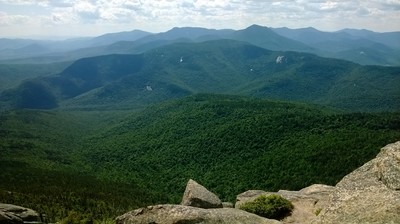
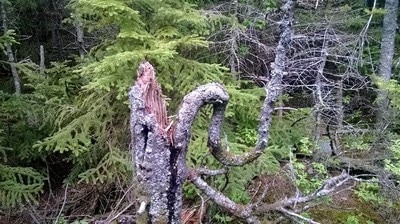
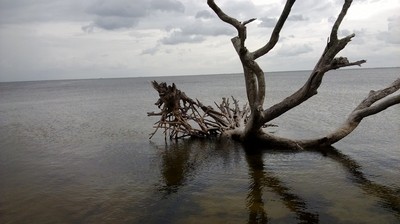
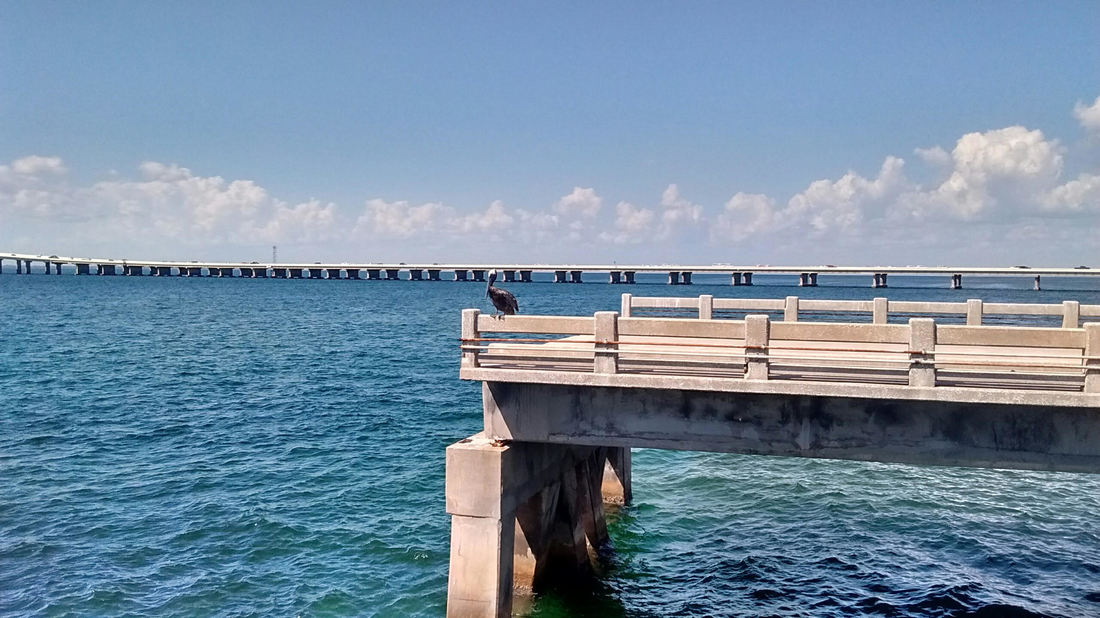
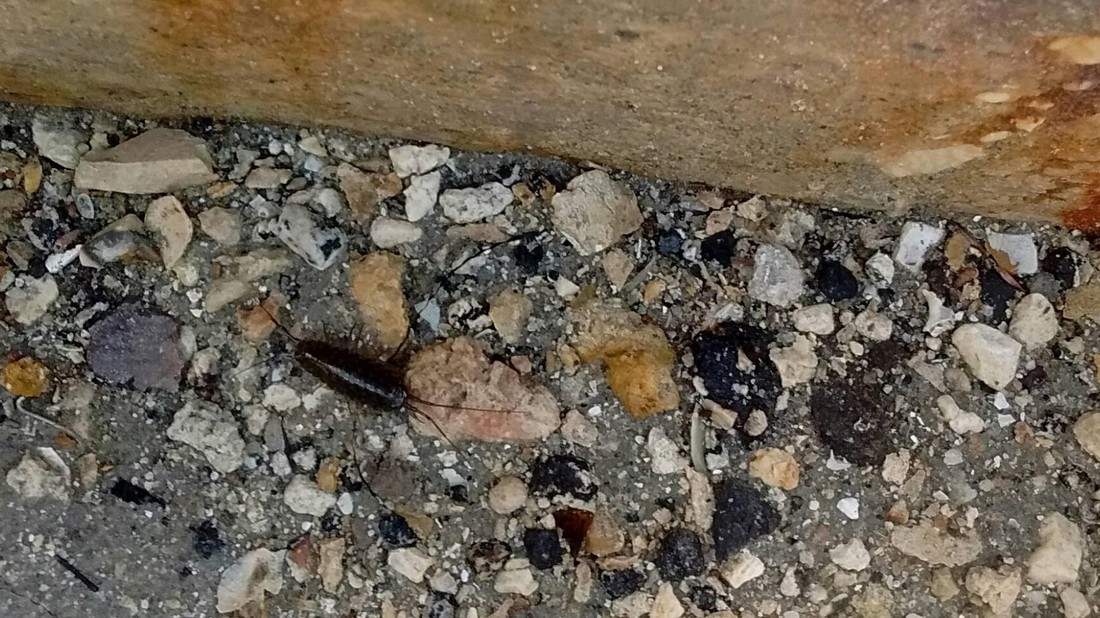
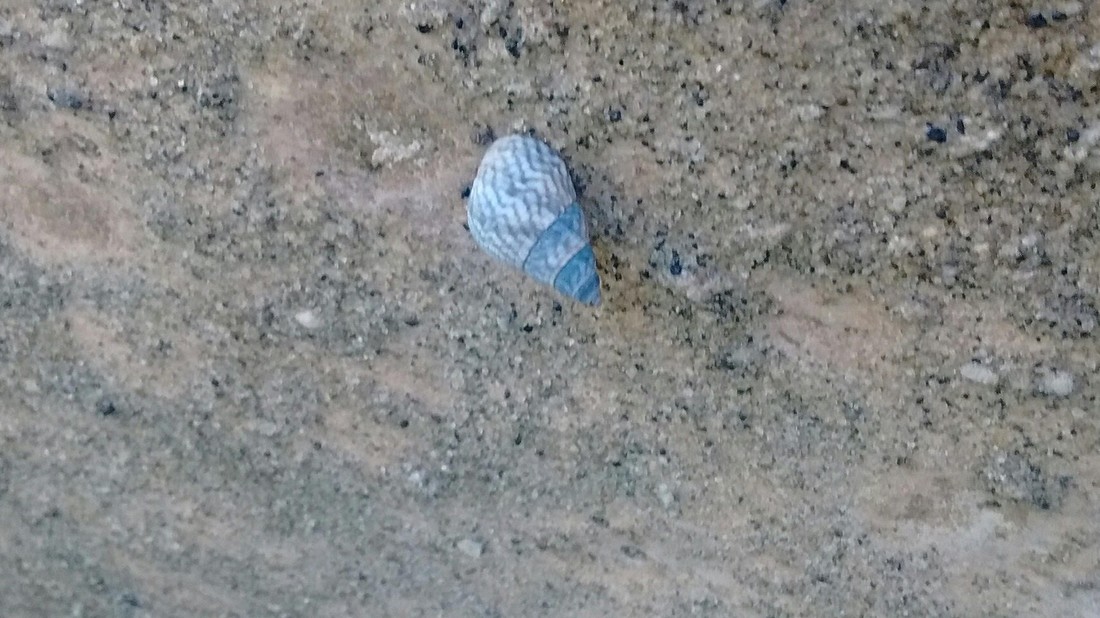
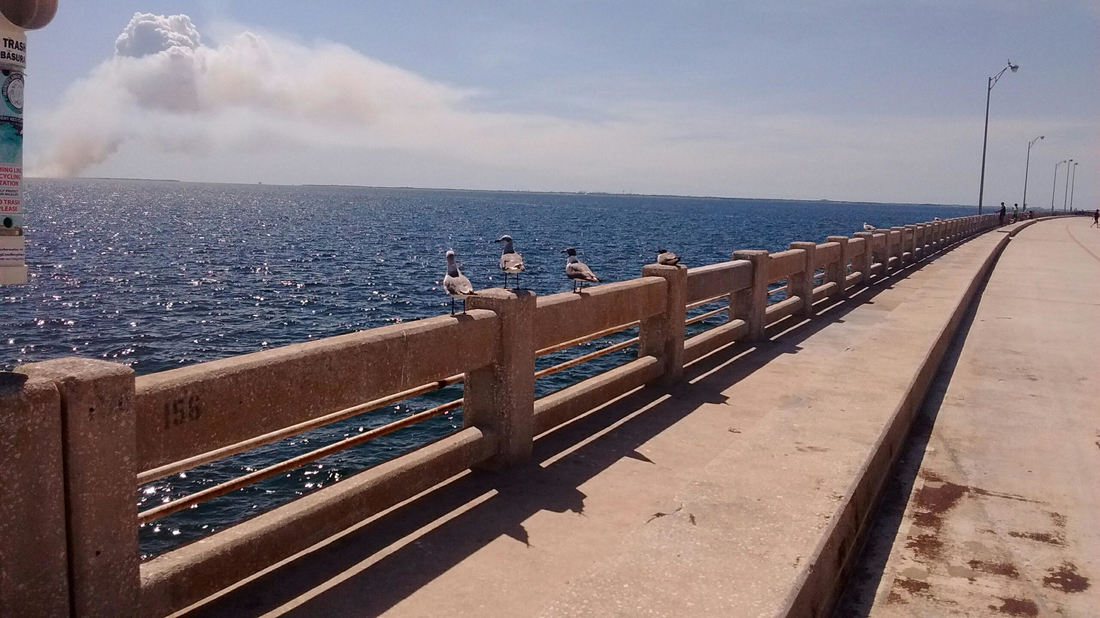
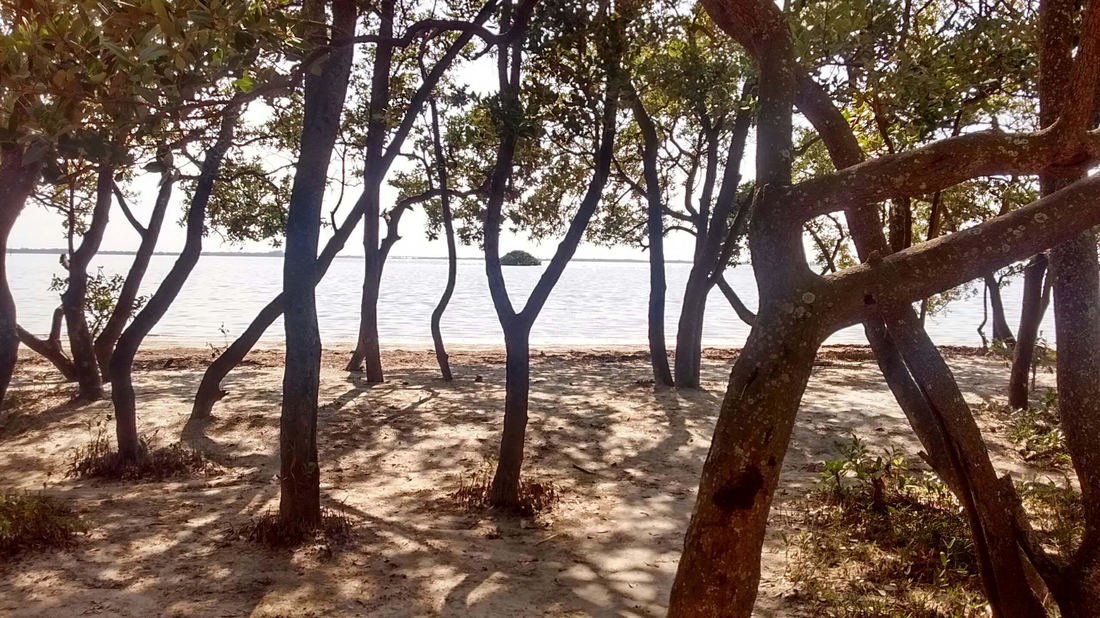
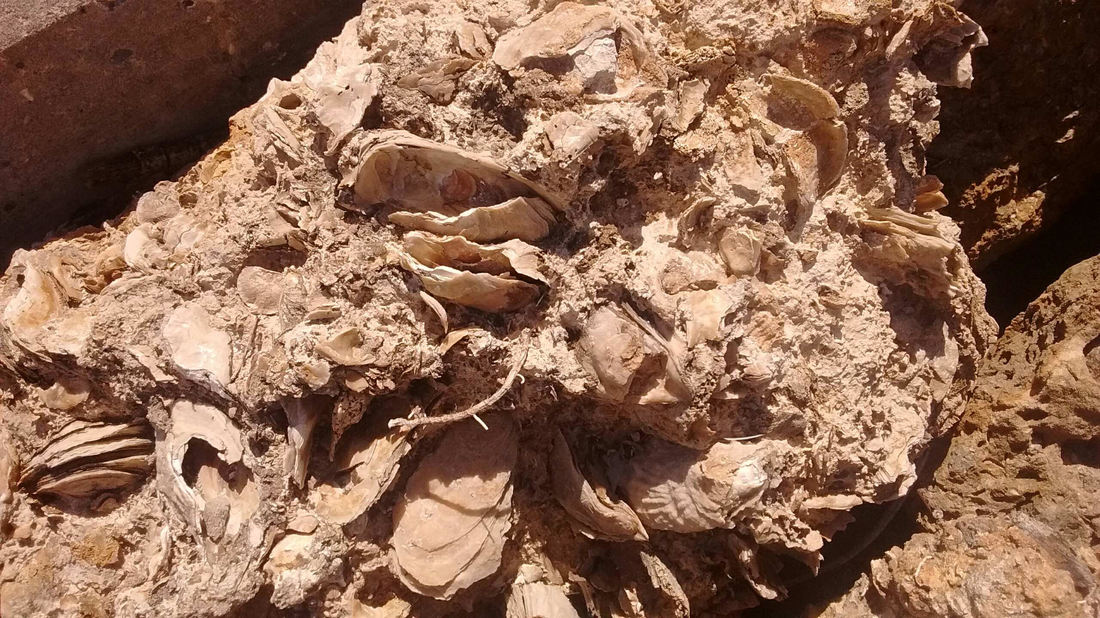
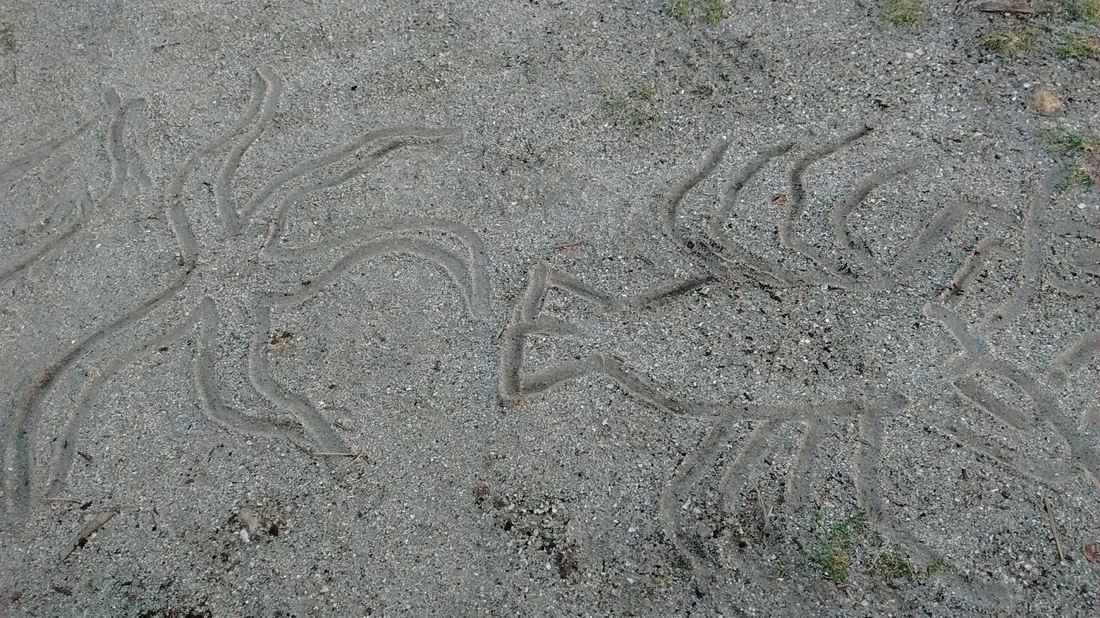
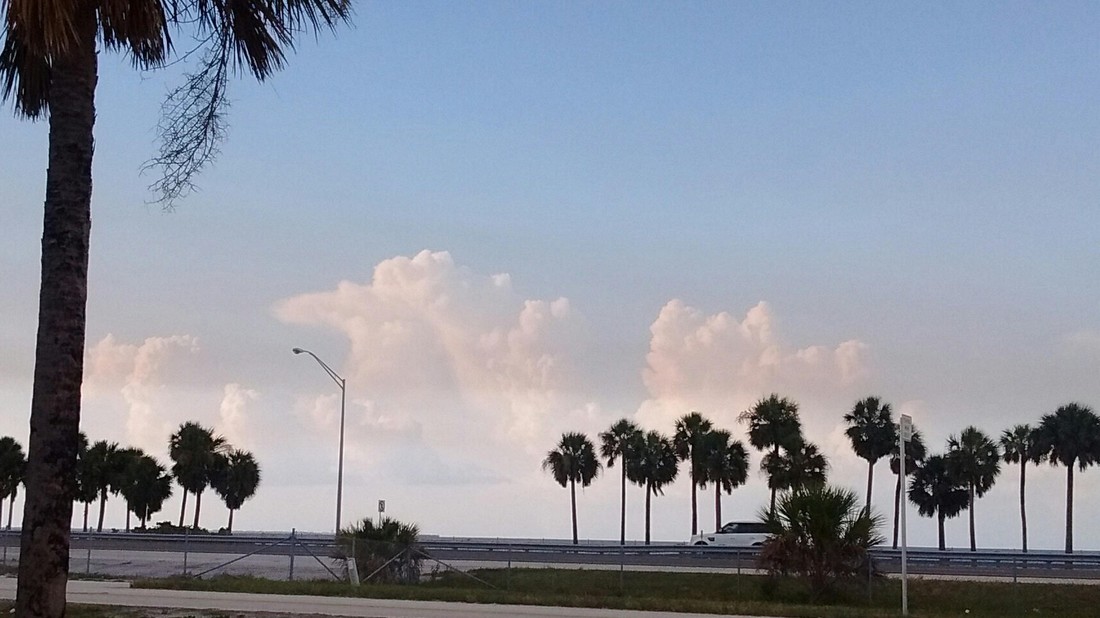
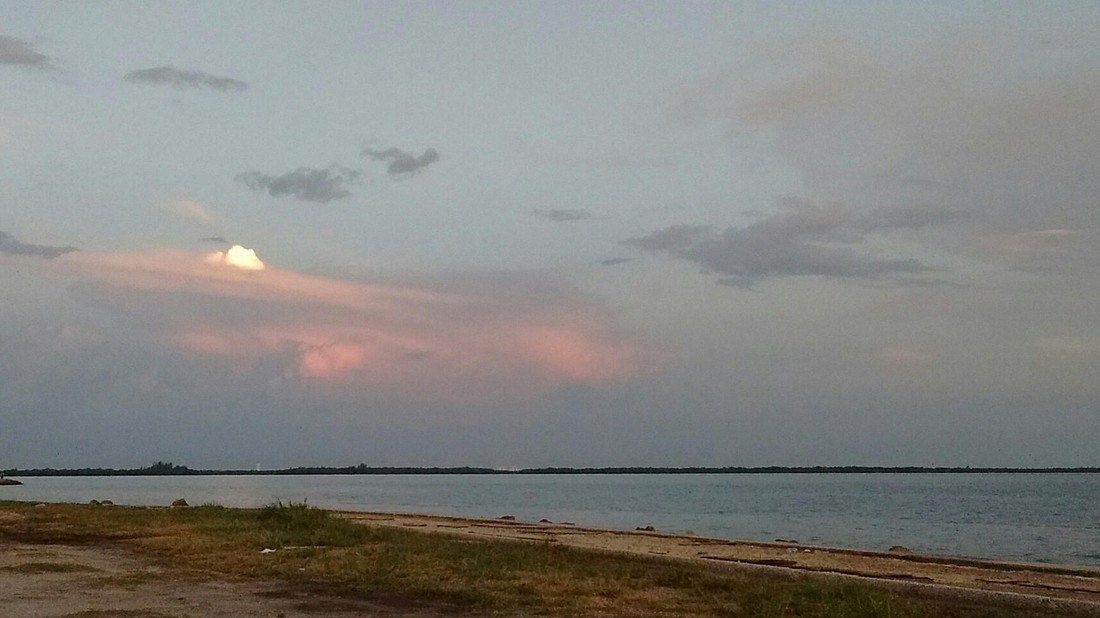
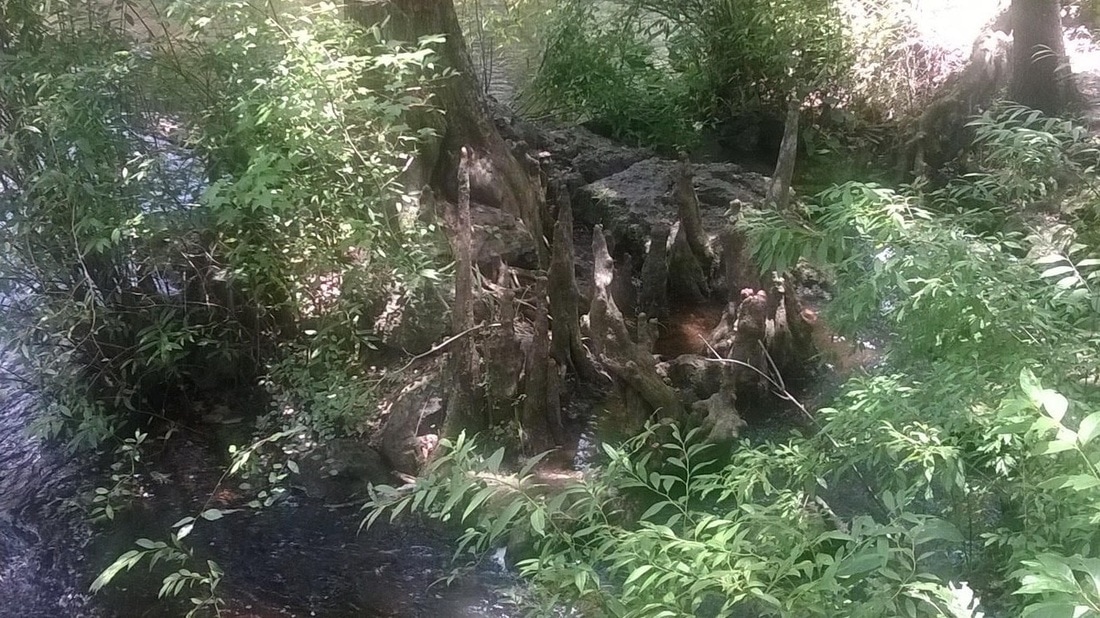
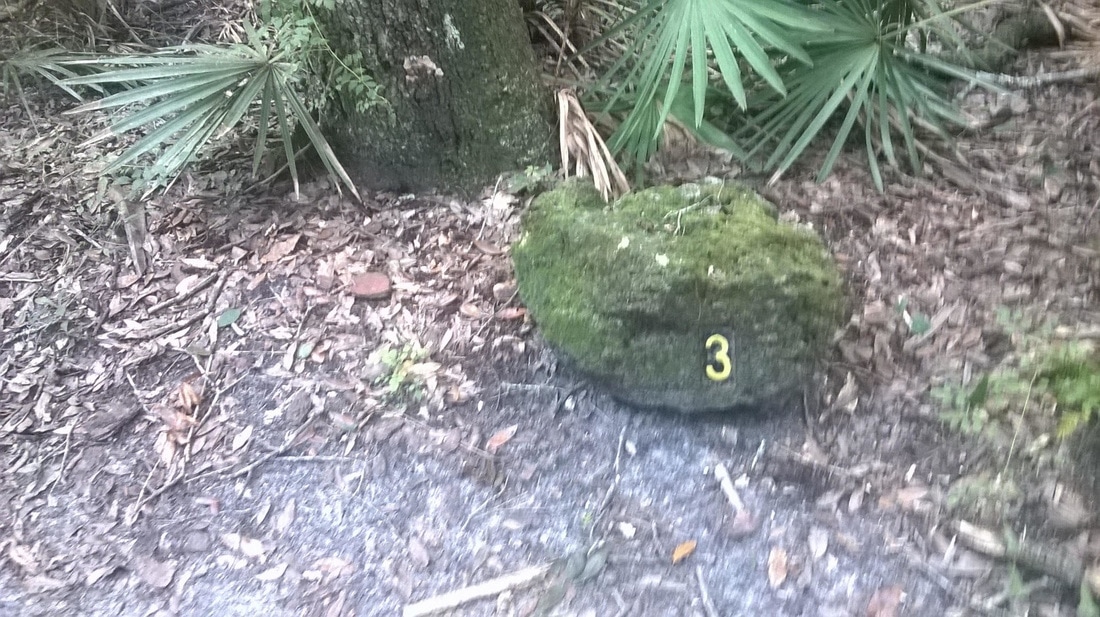
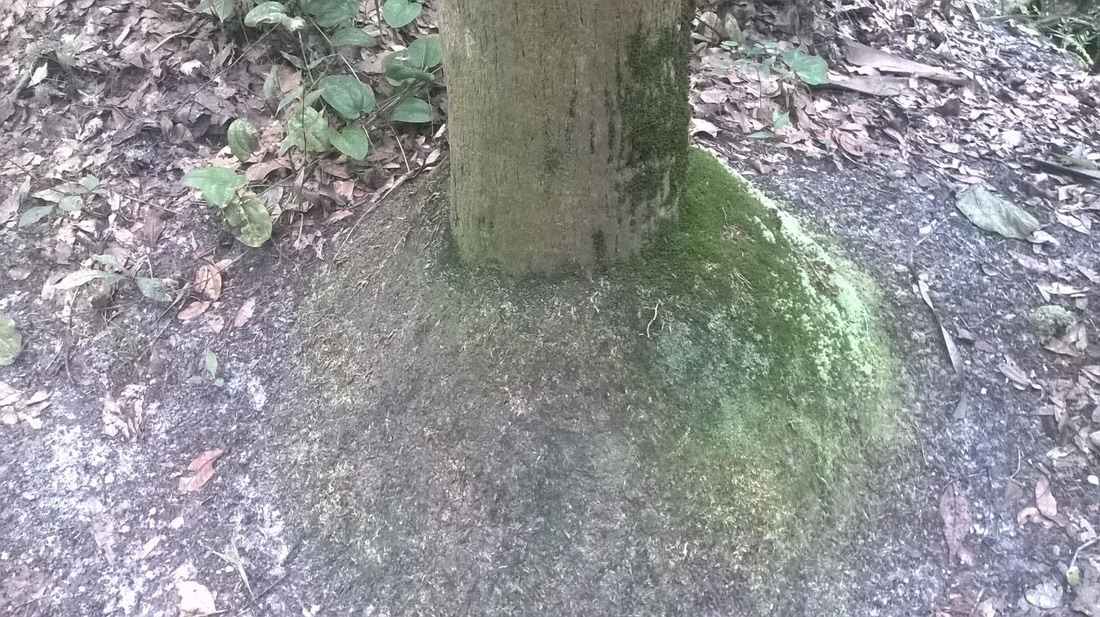
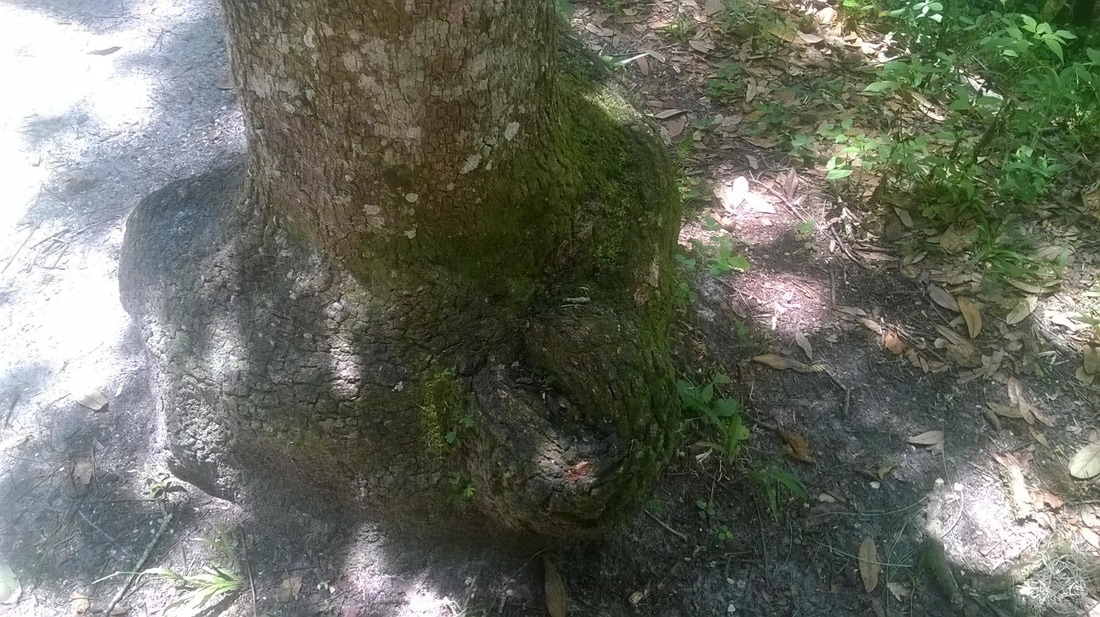
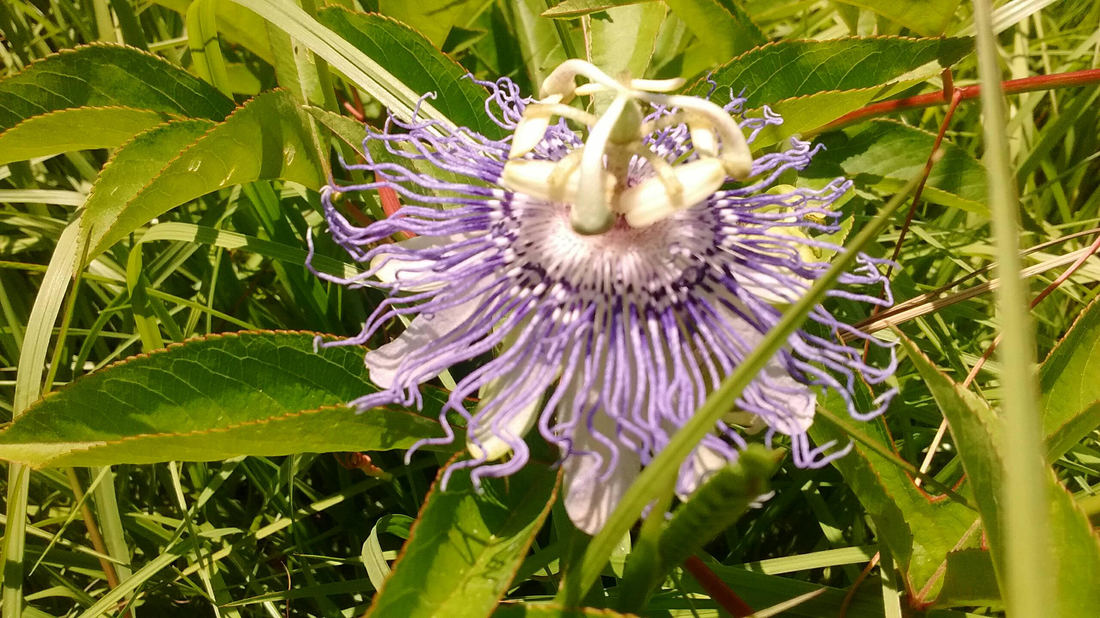

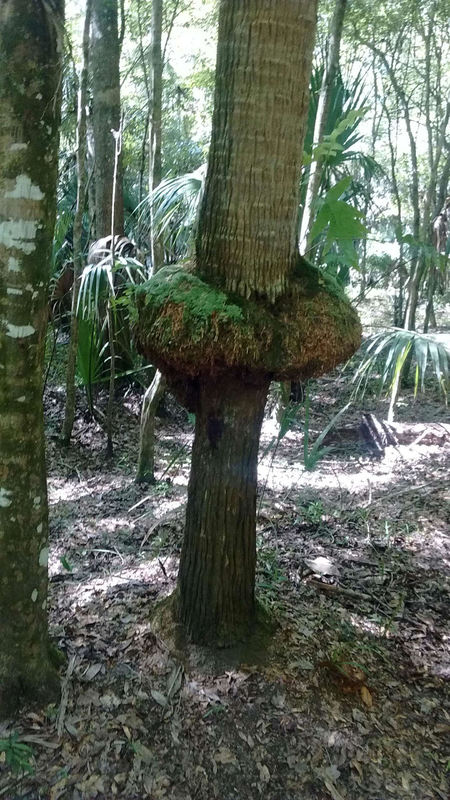
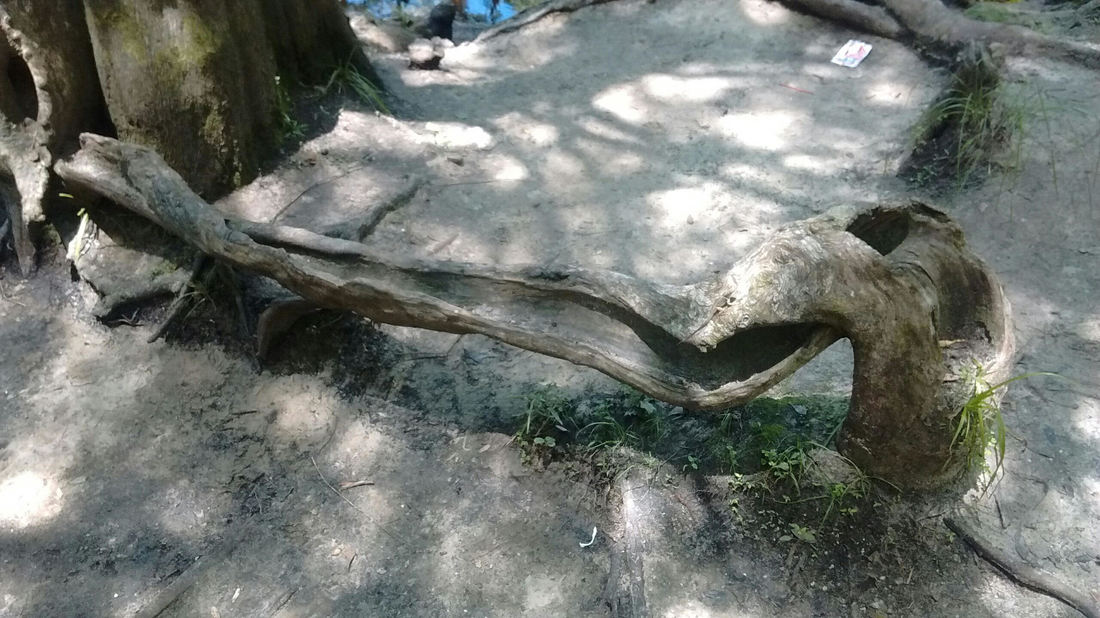



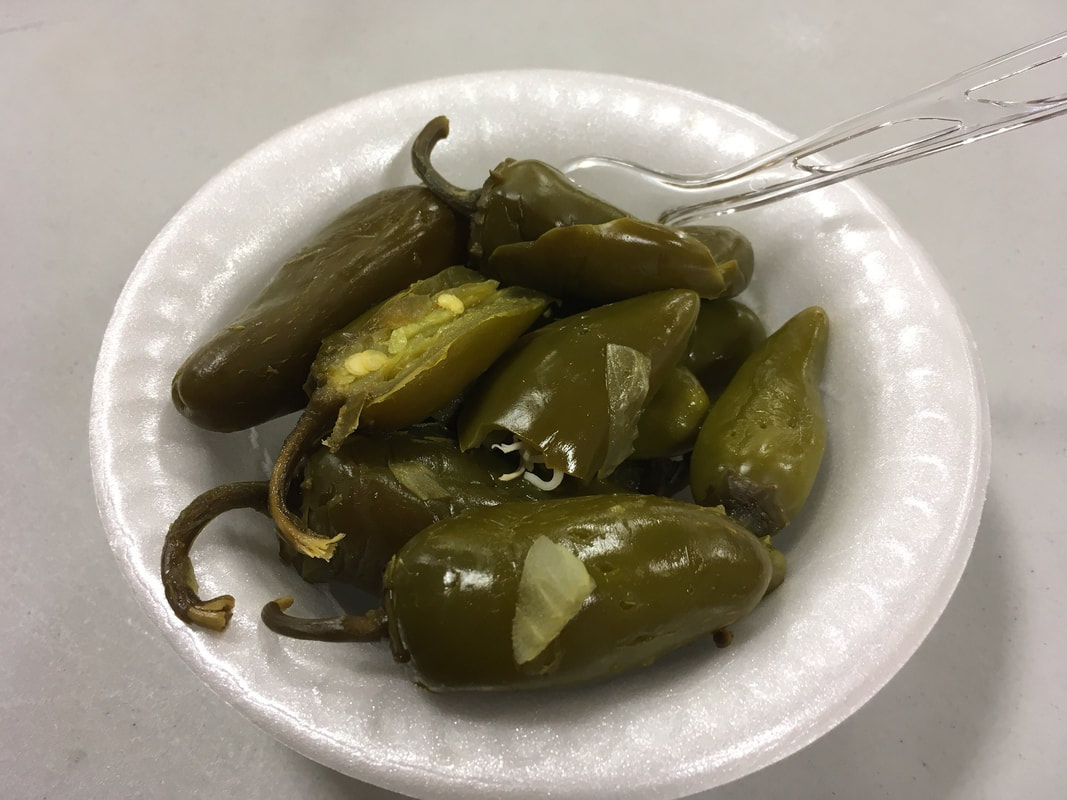
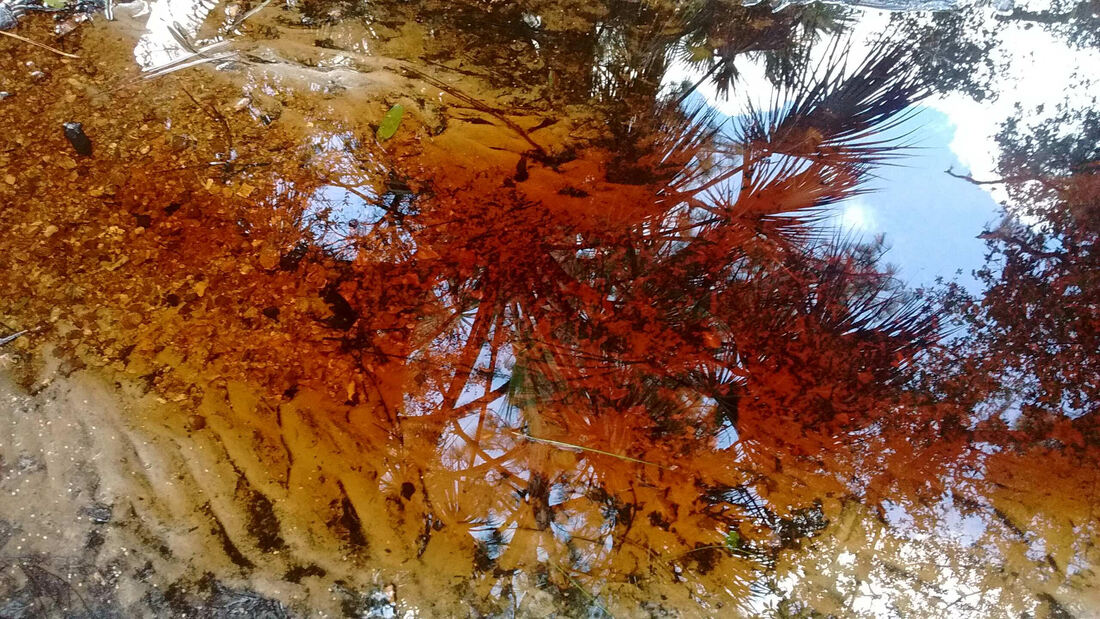
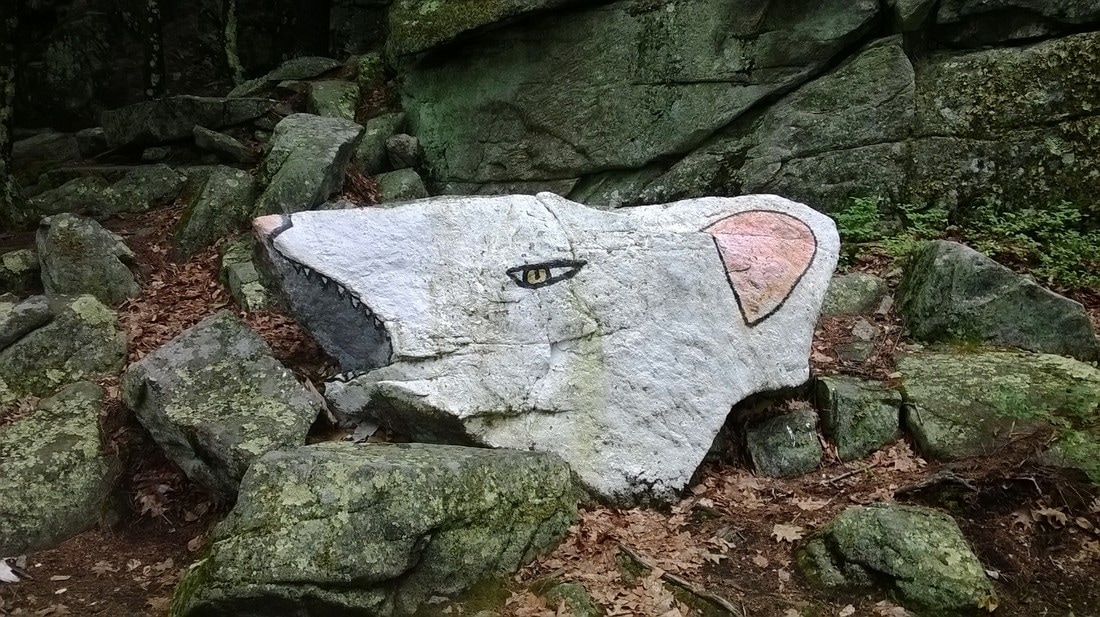
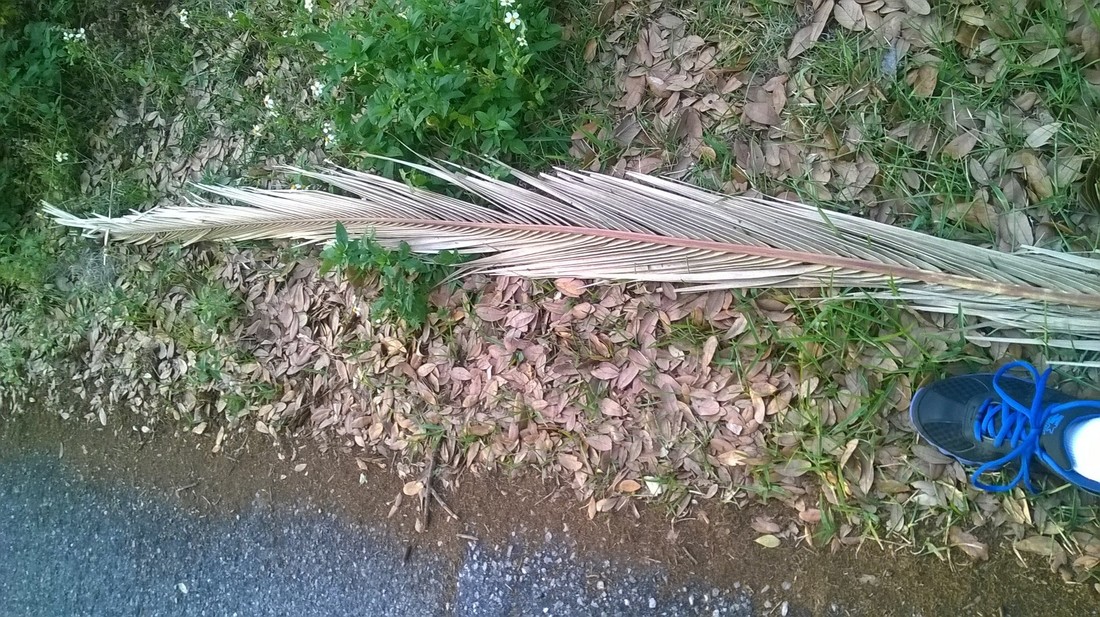
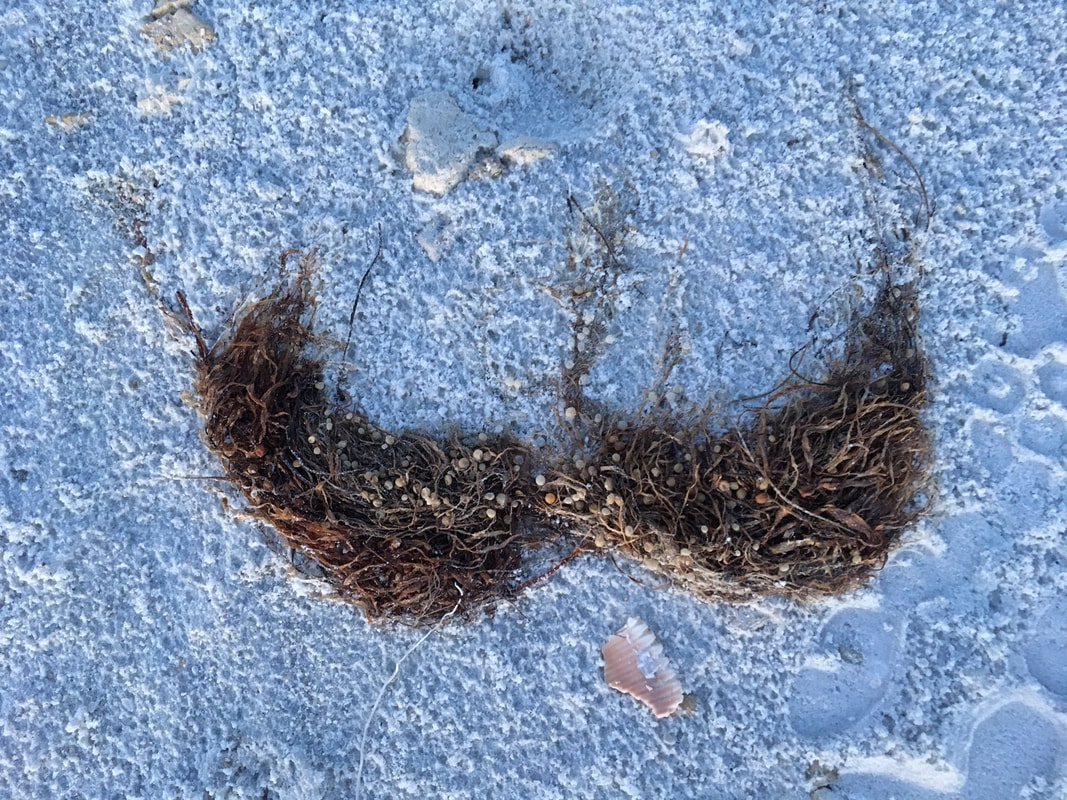


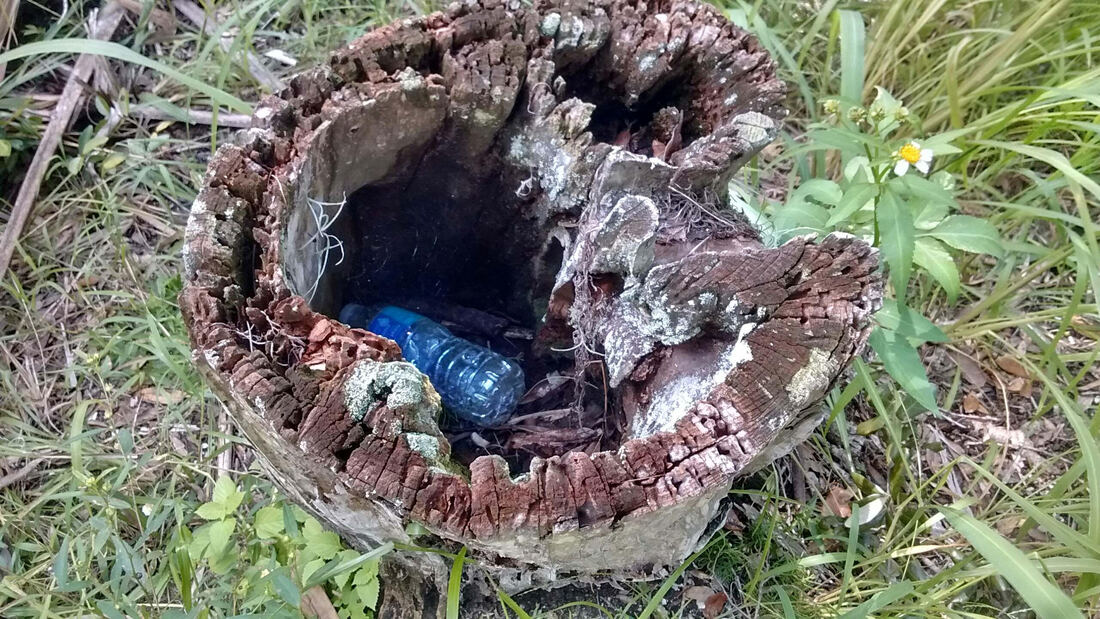
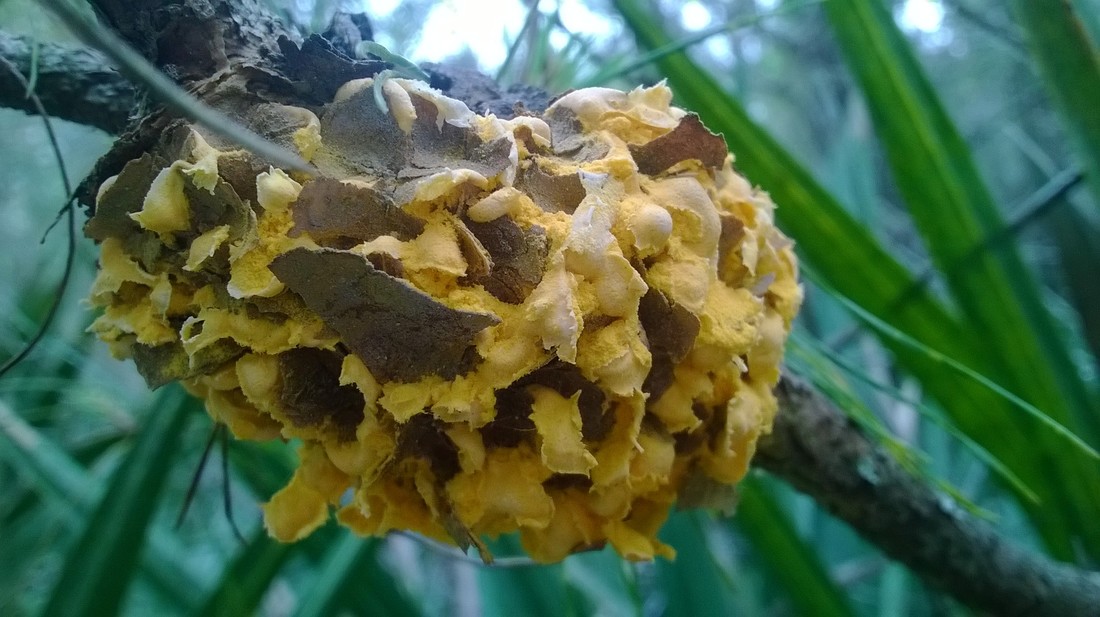
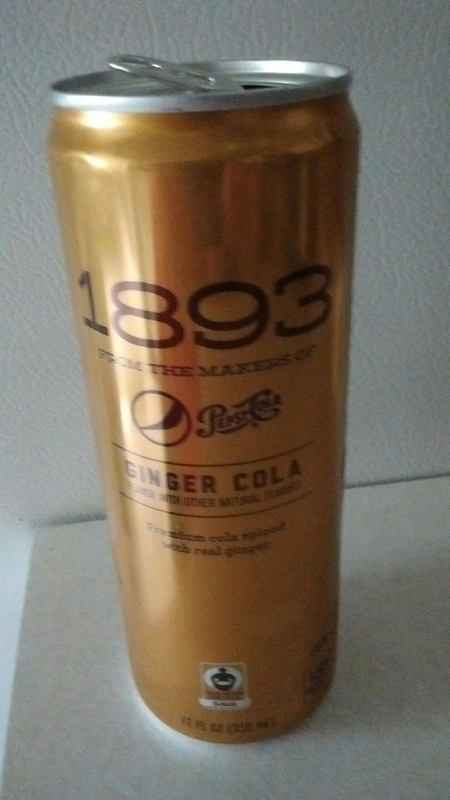
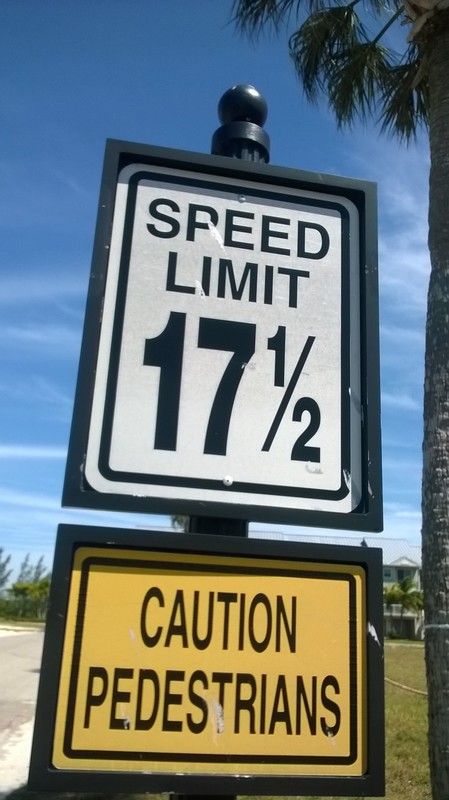

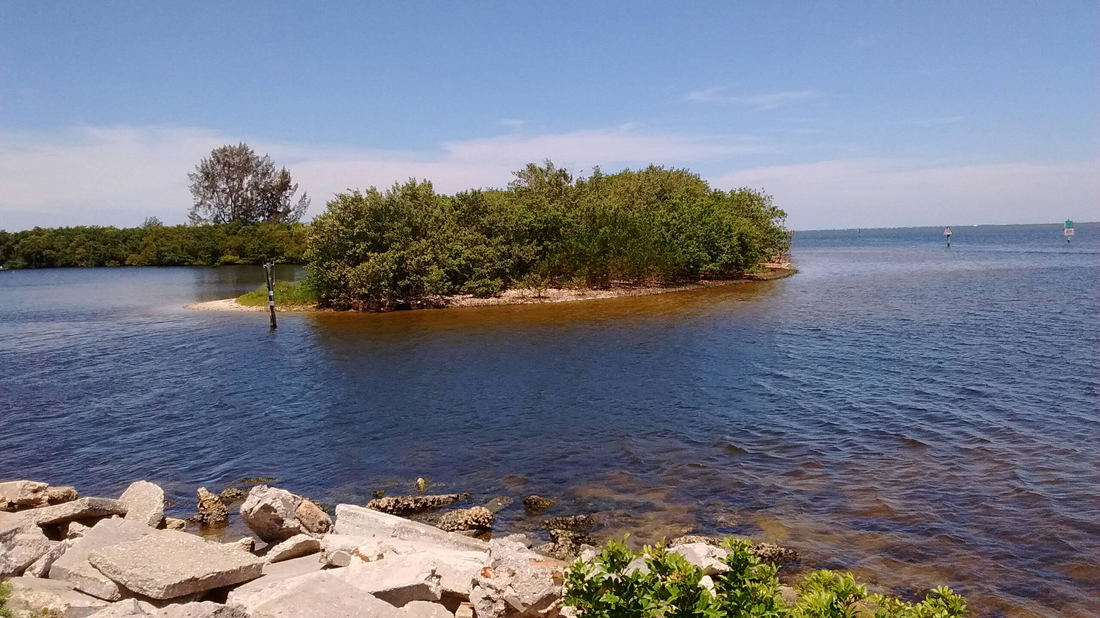
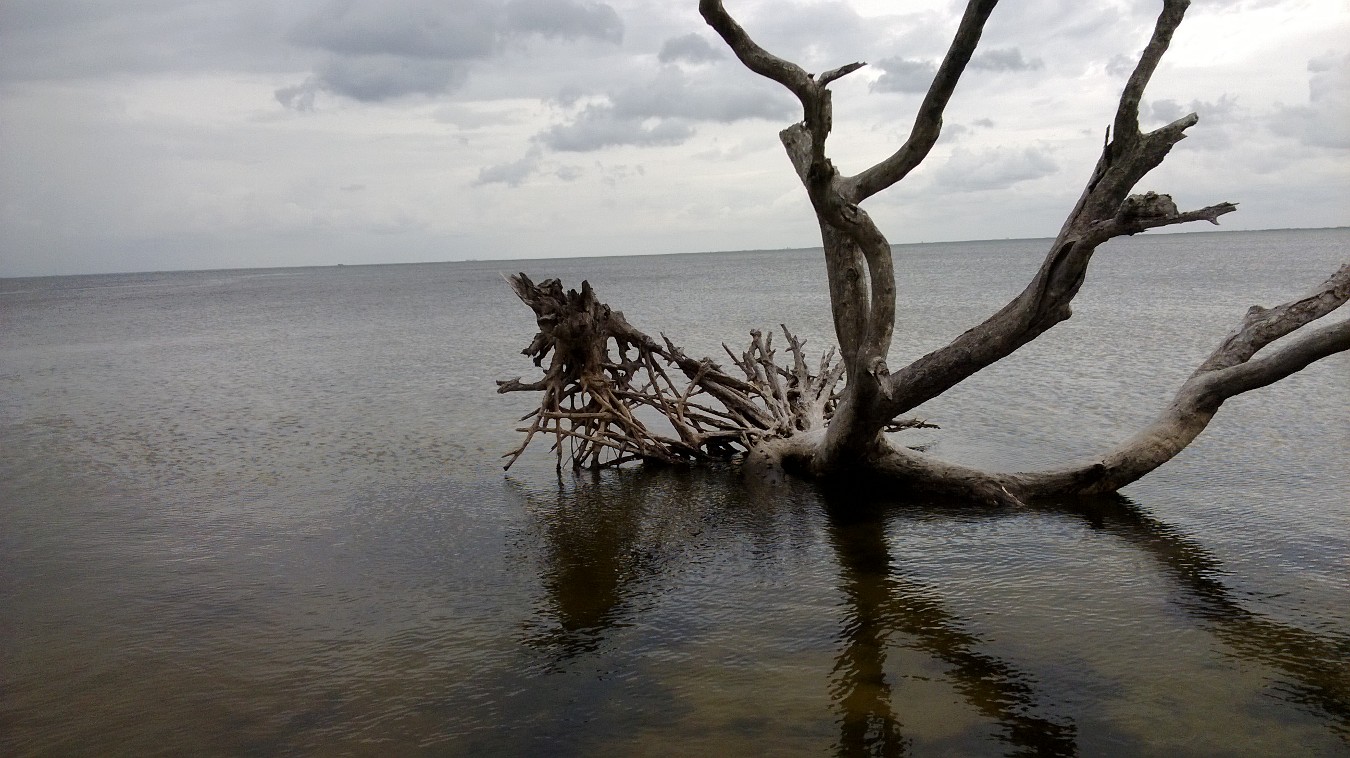
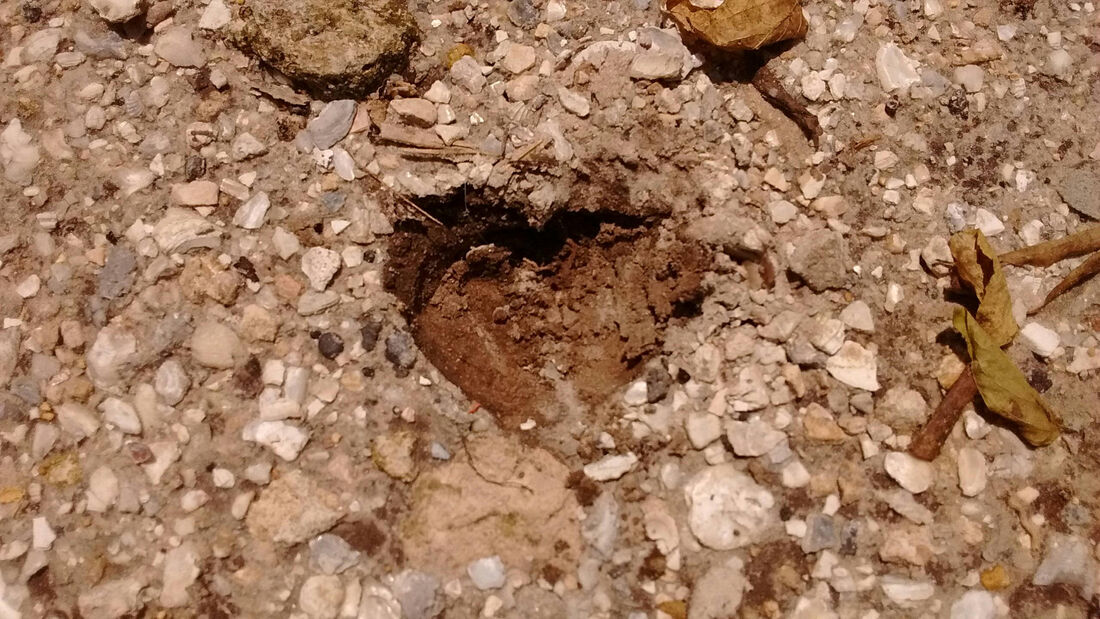
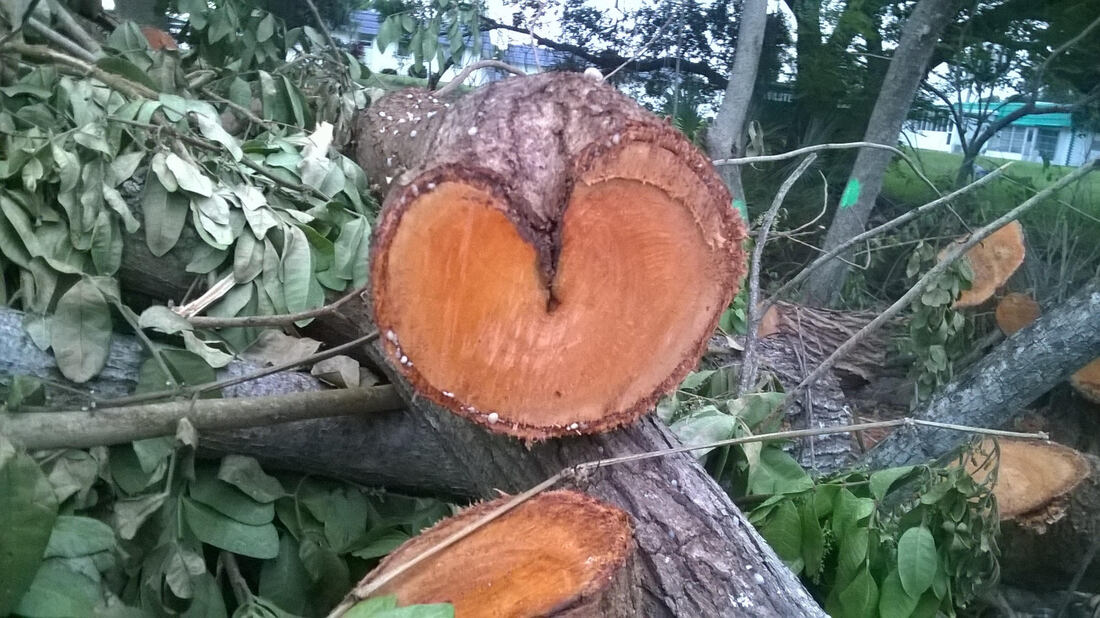
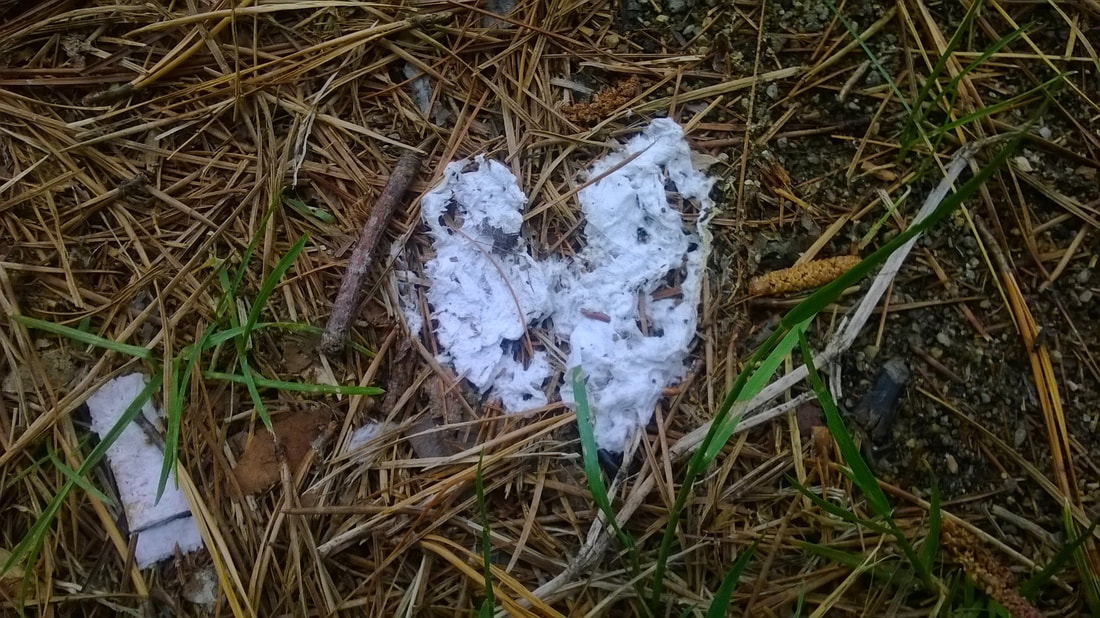
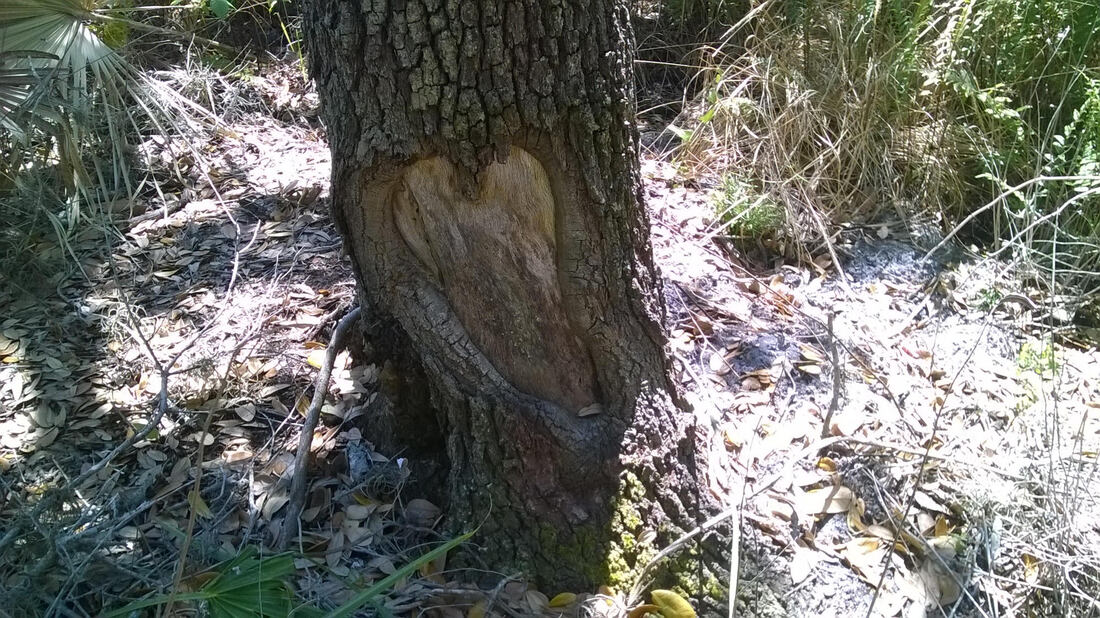
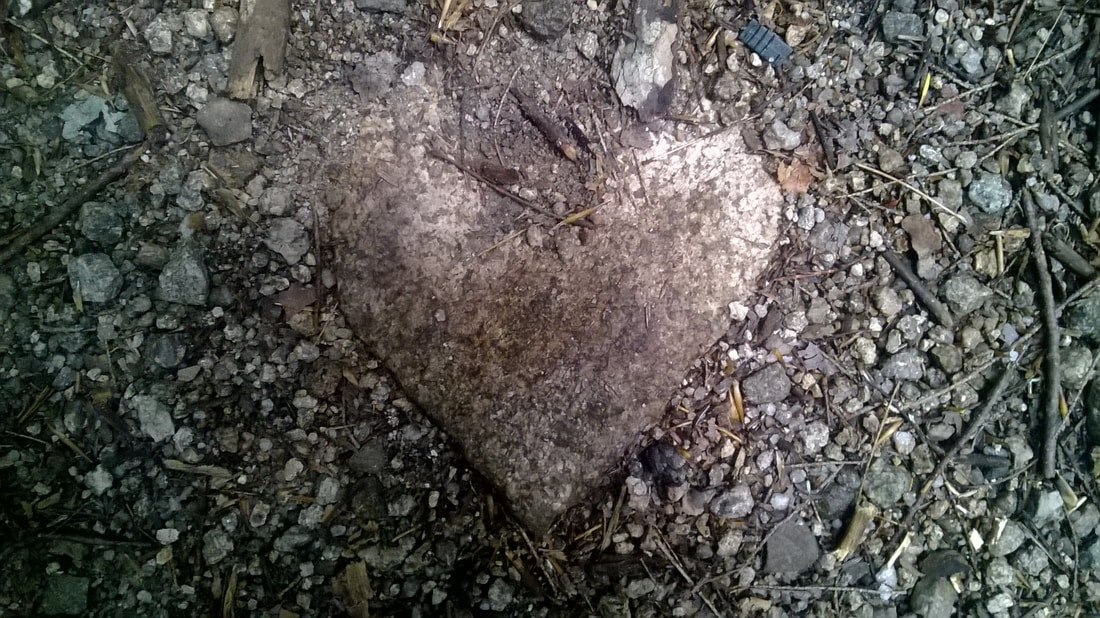
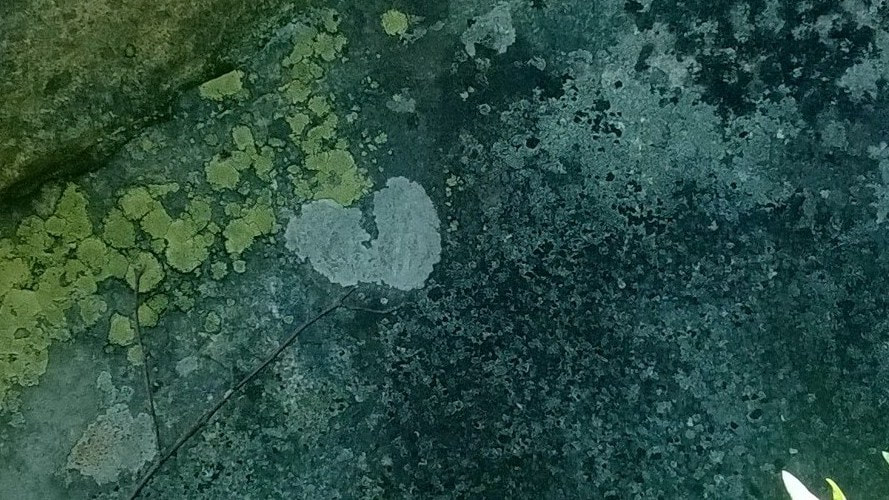
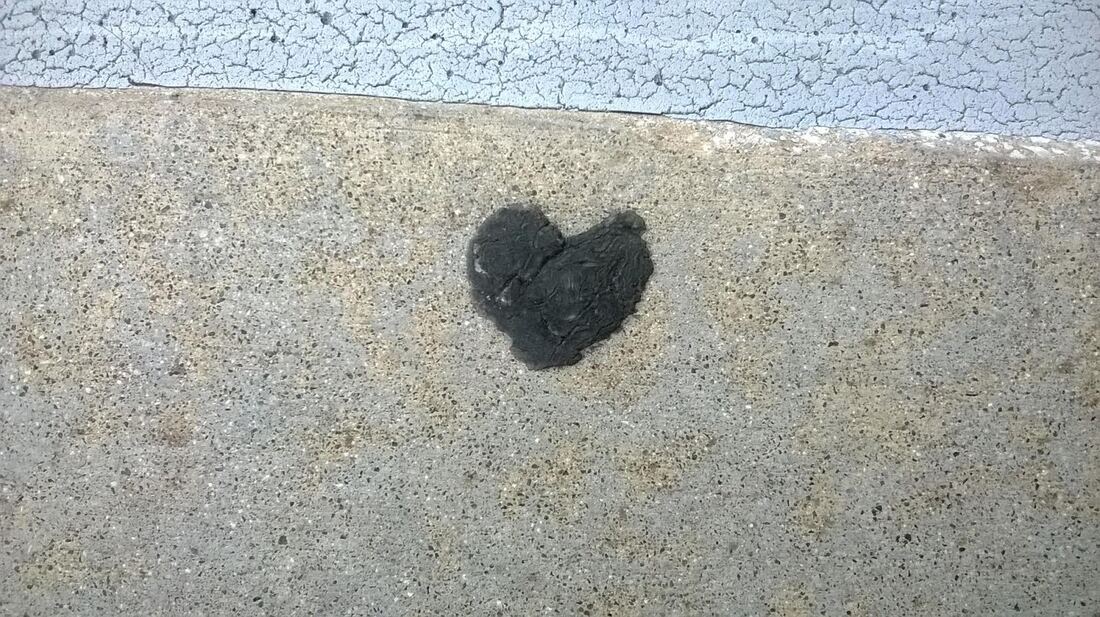
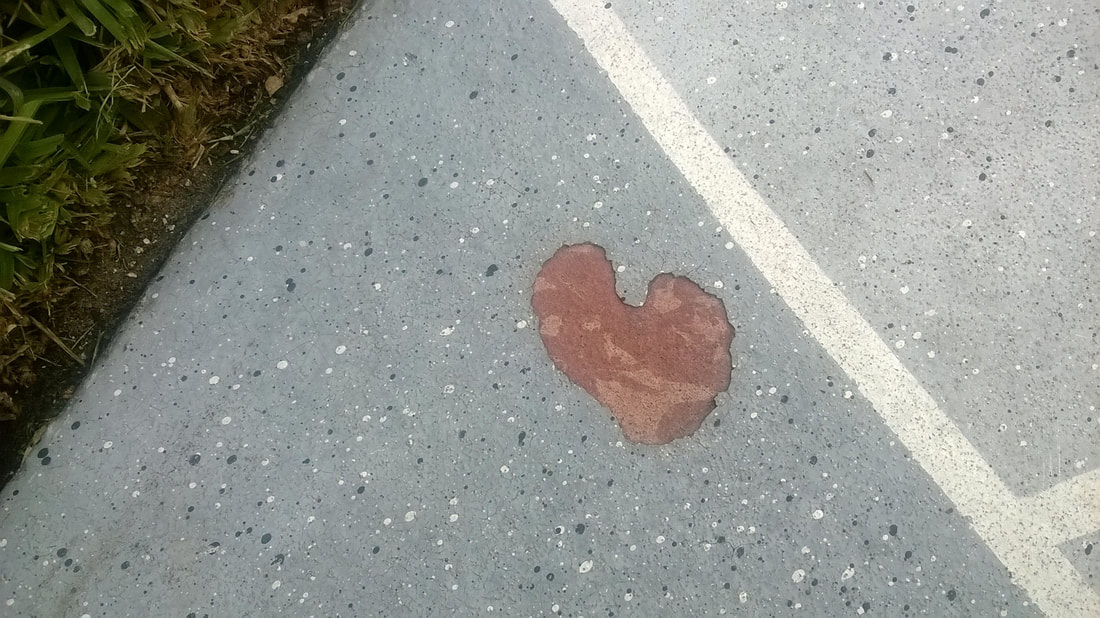

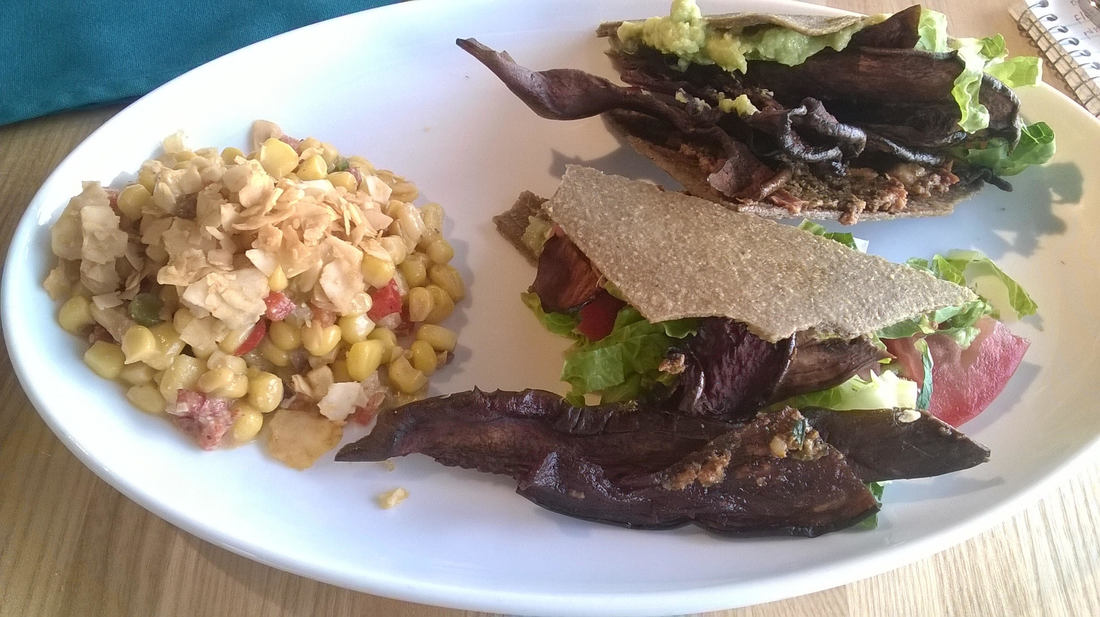
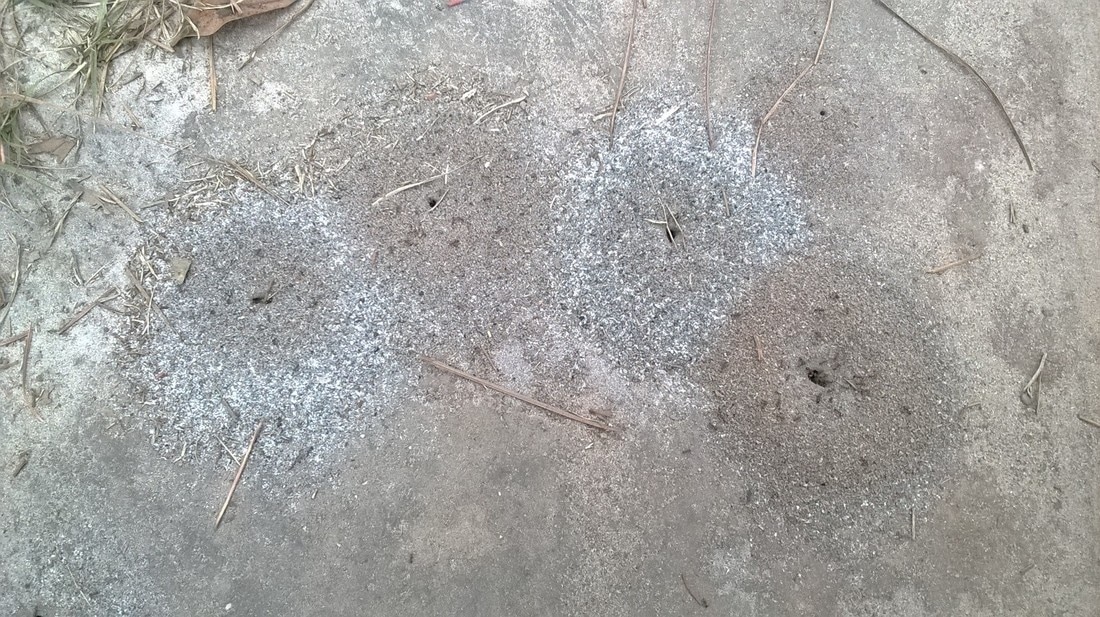
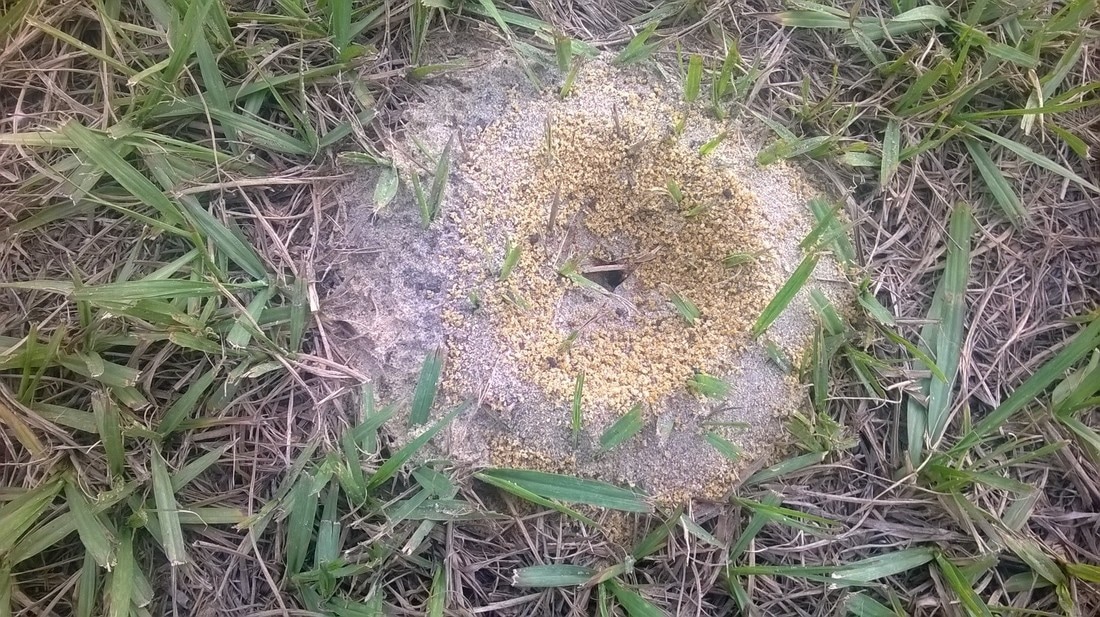
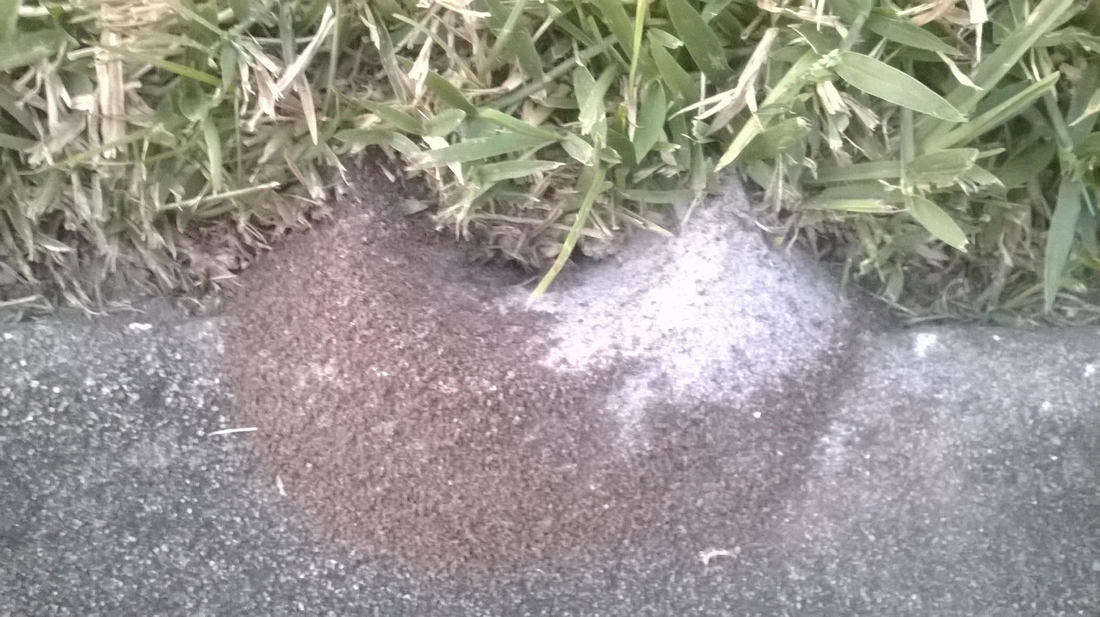
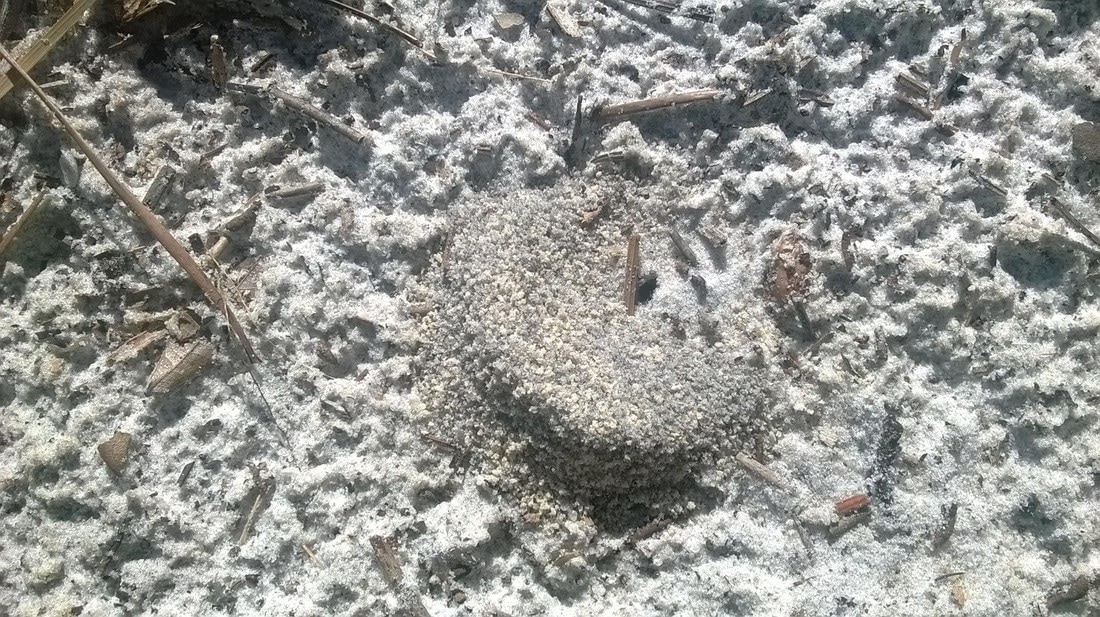
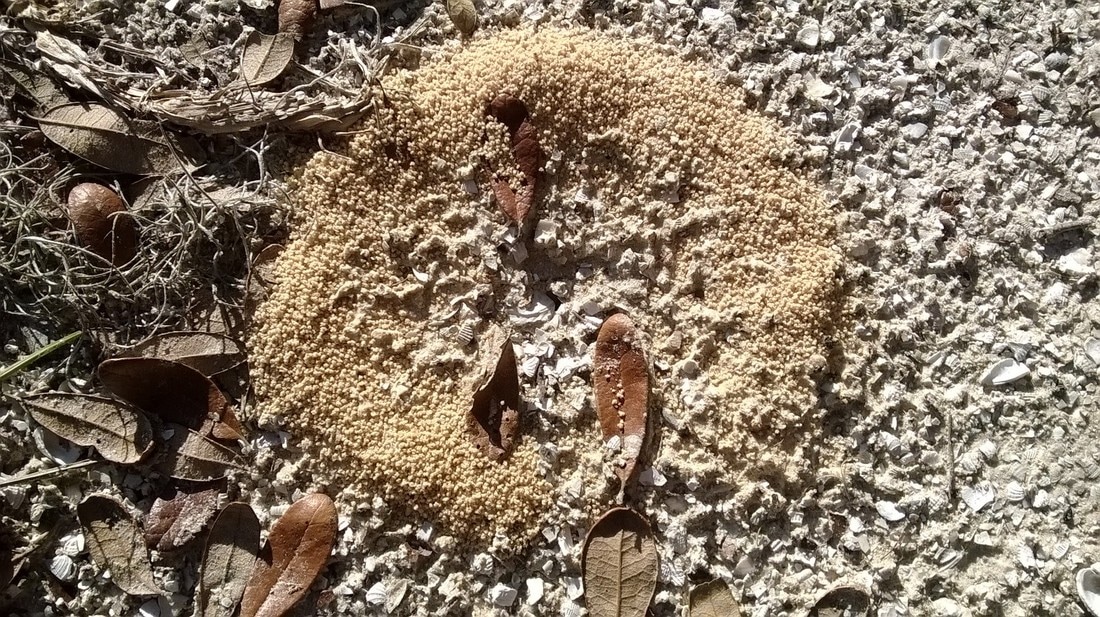
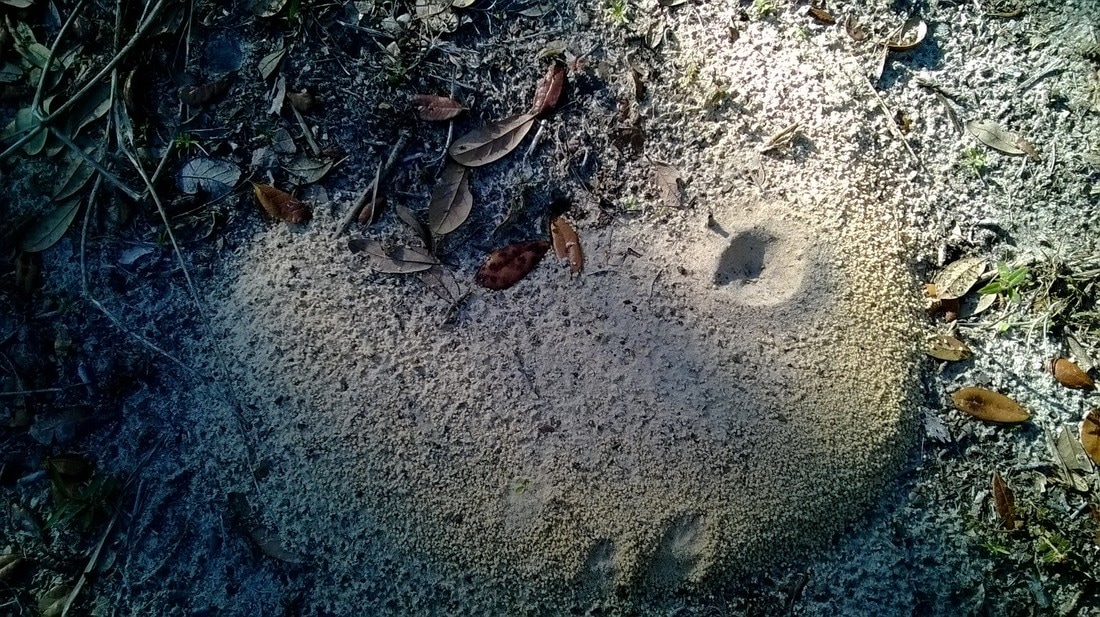
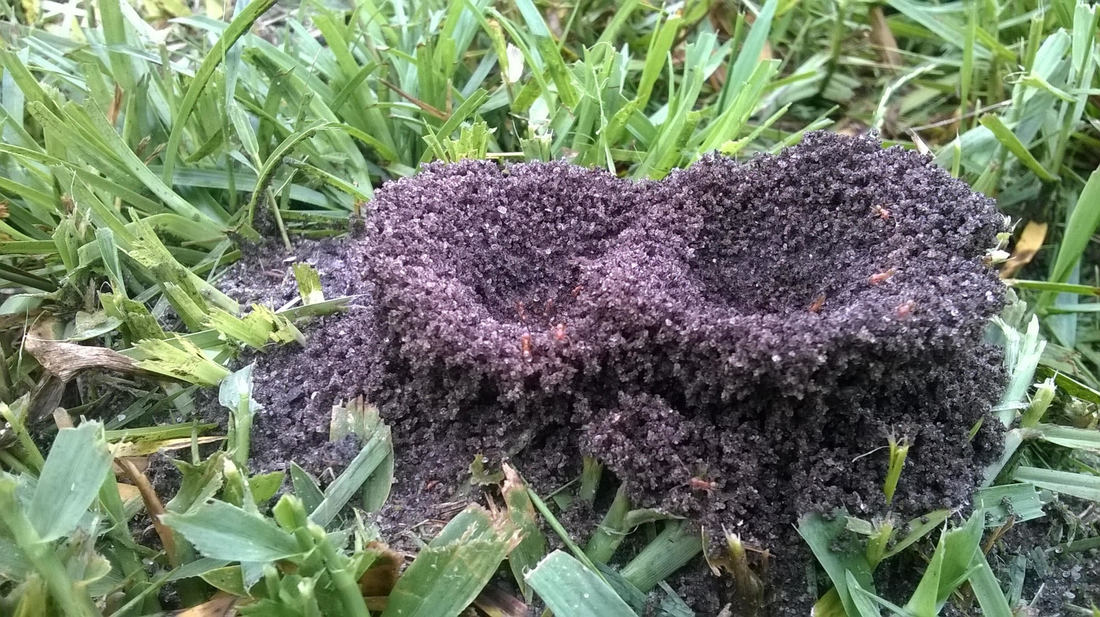
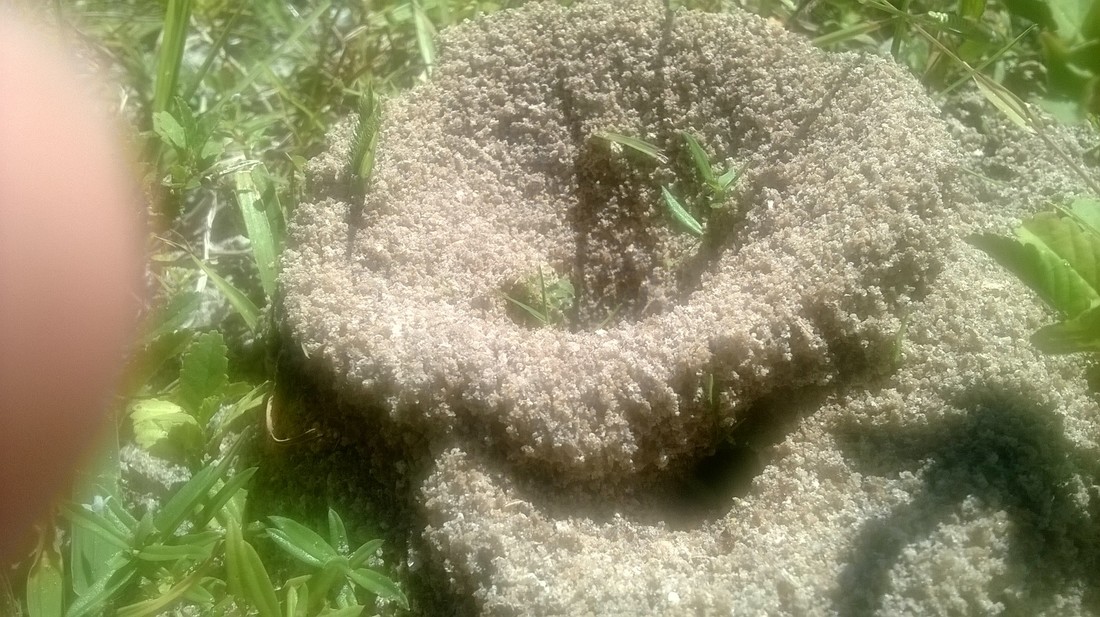
 RSS Feed
RSS Feed